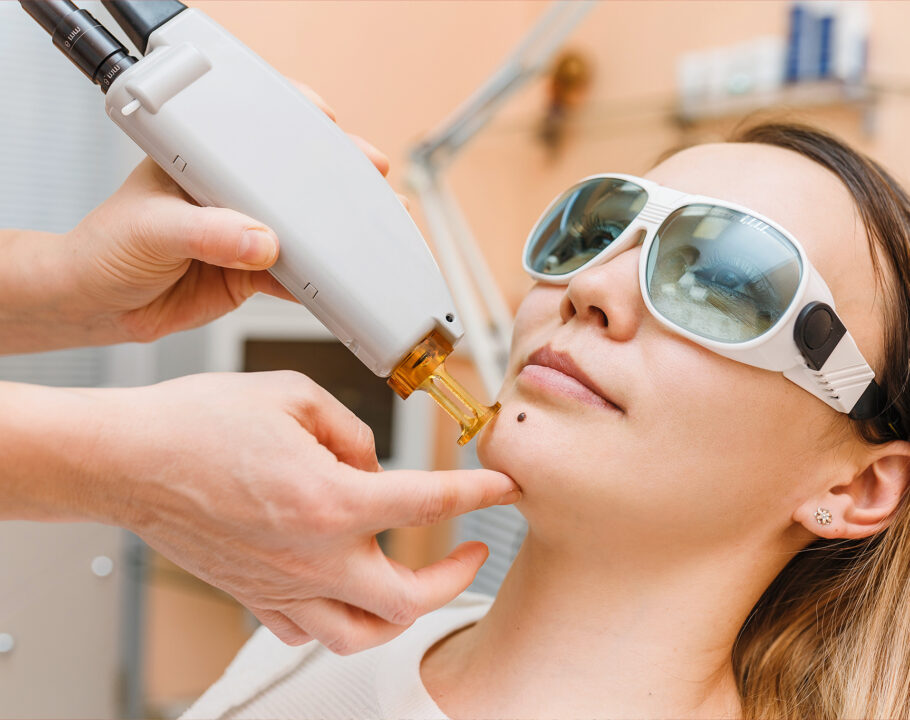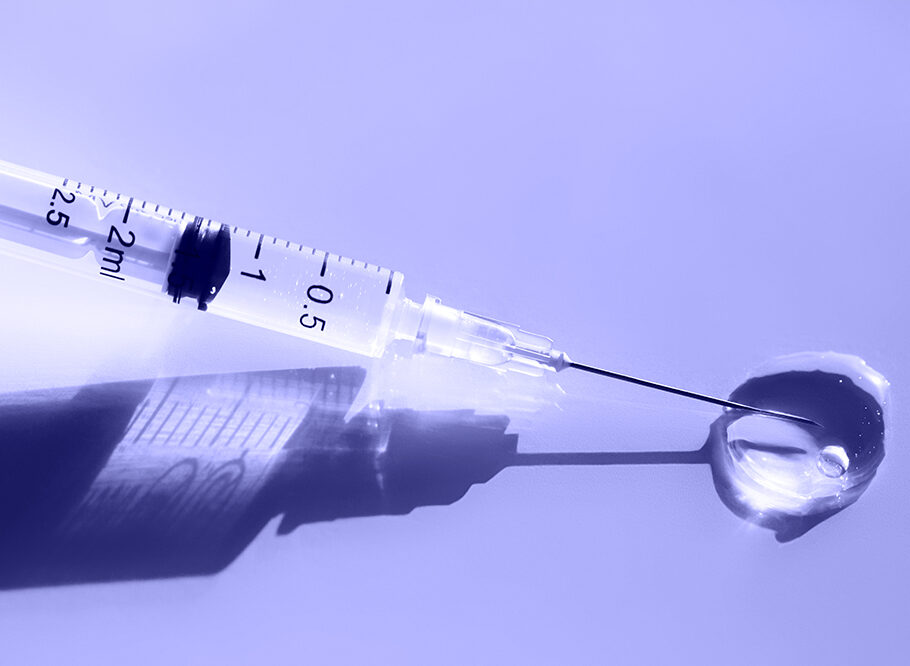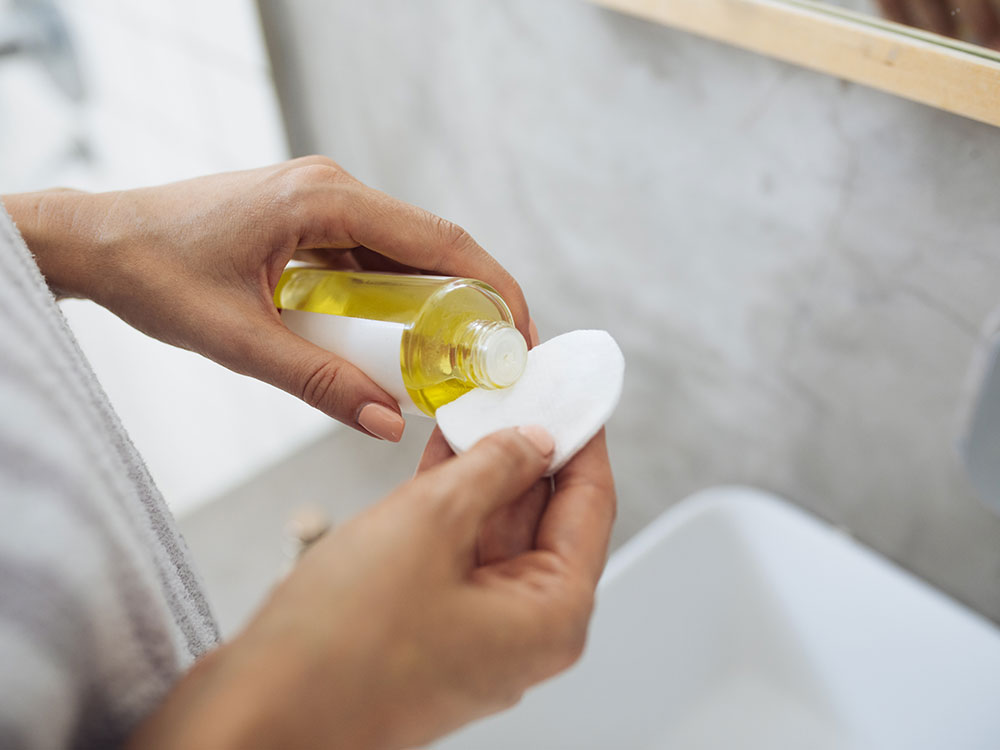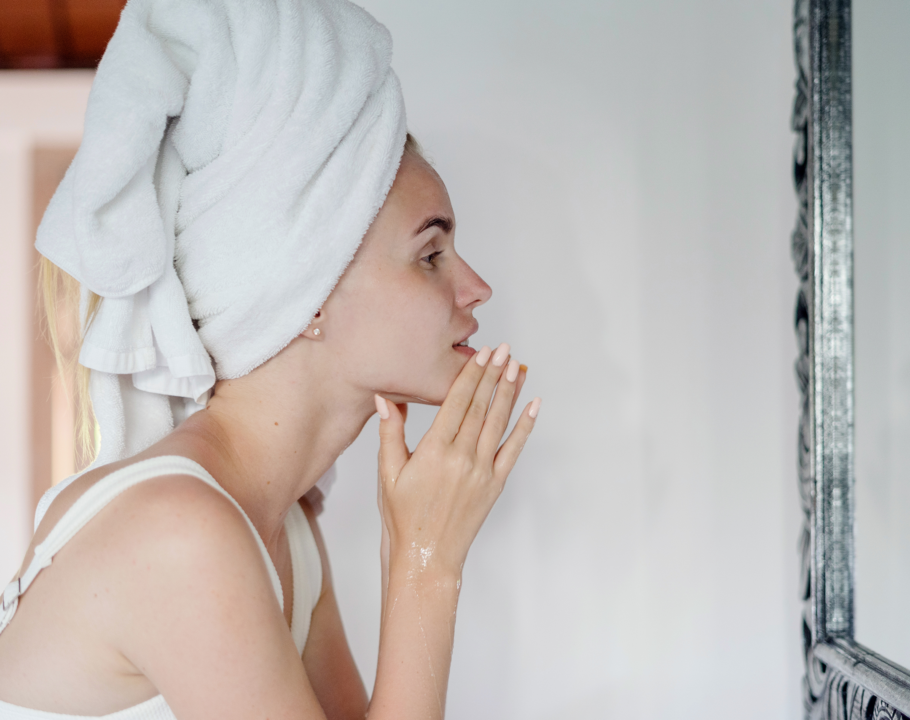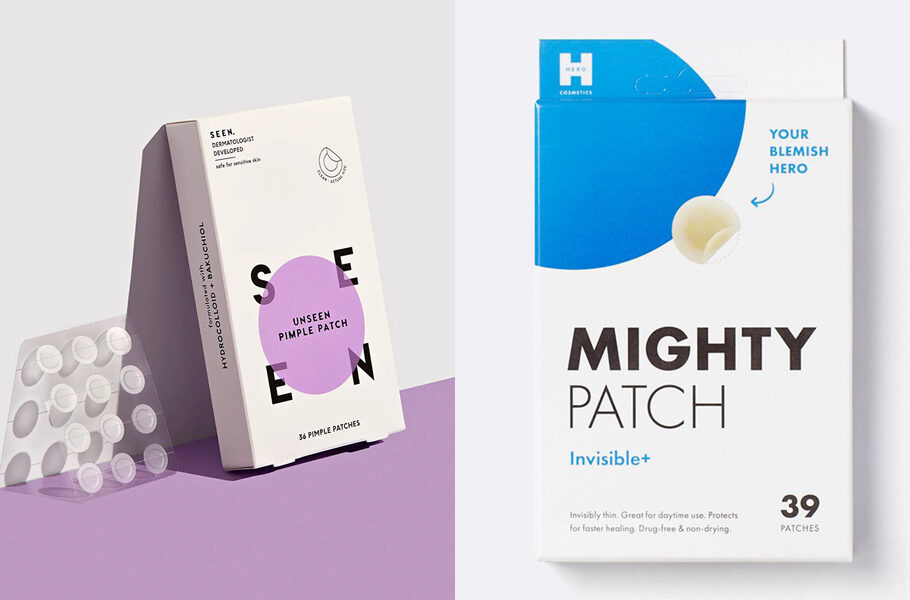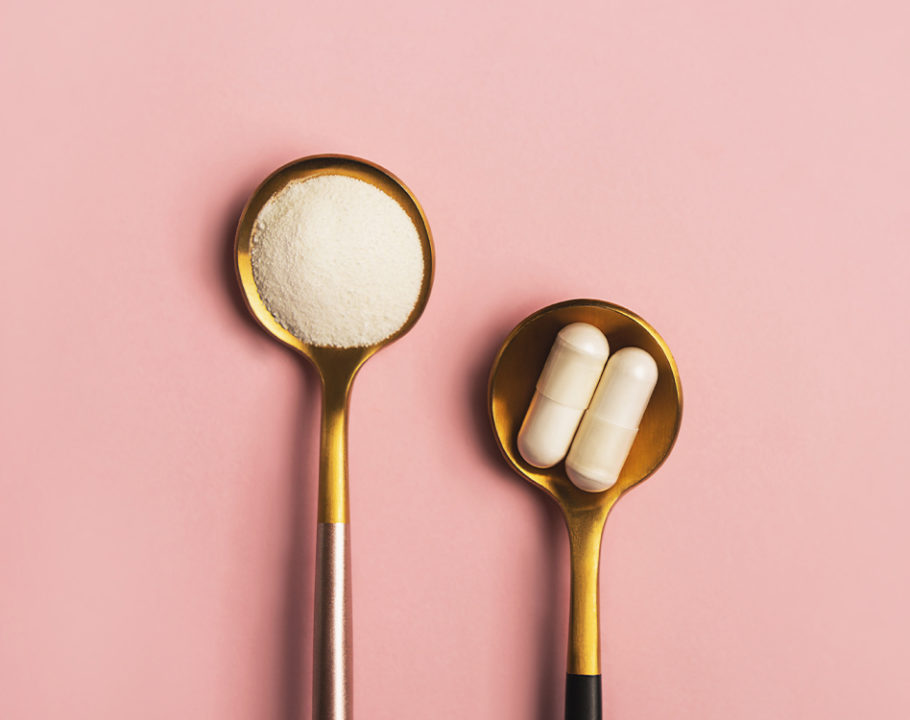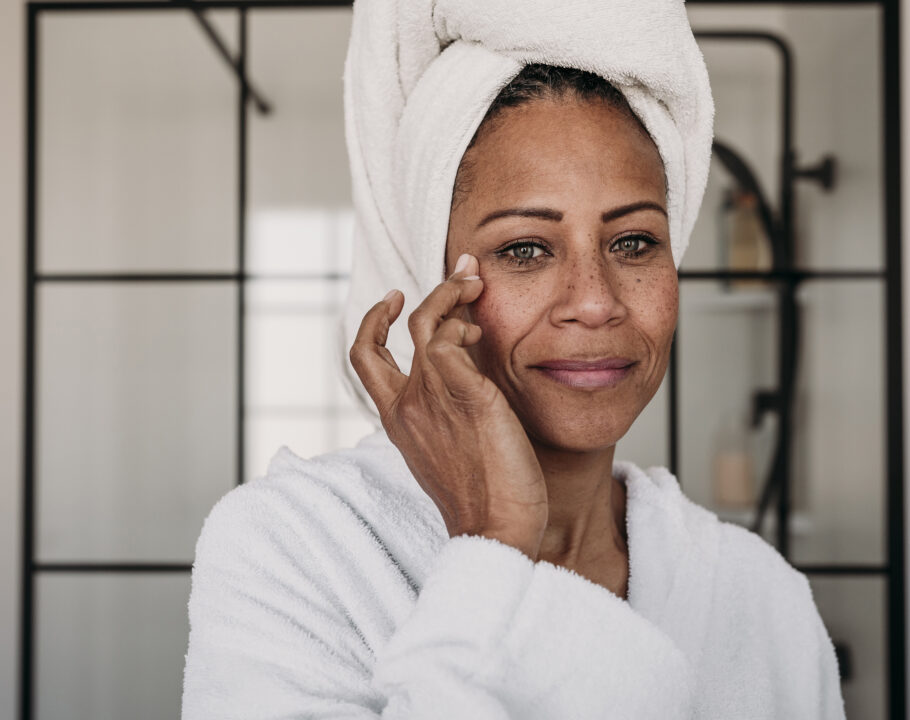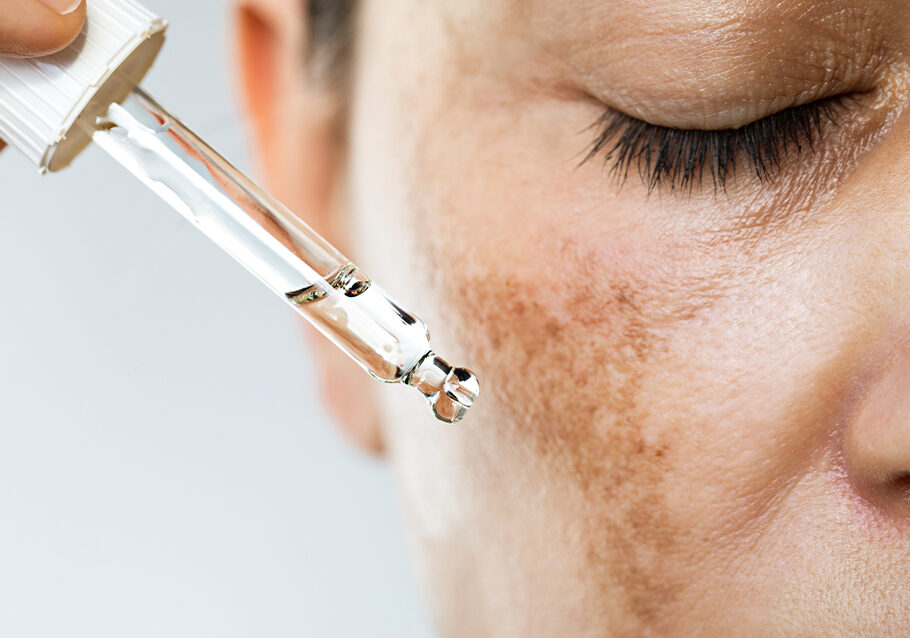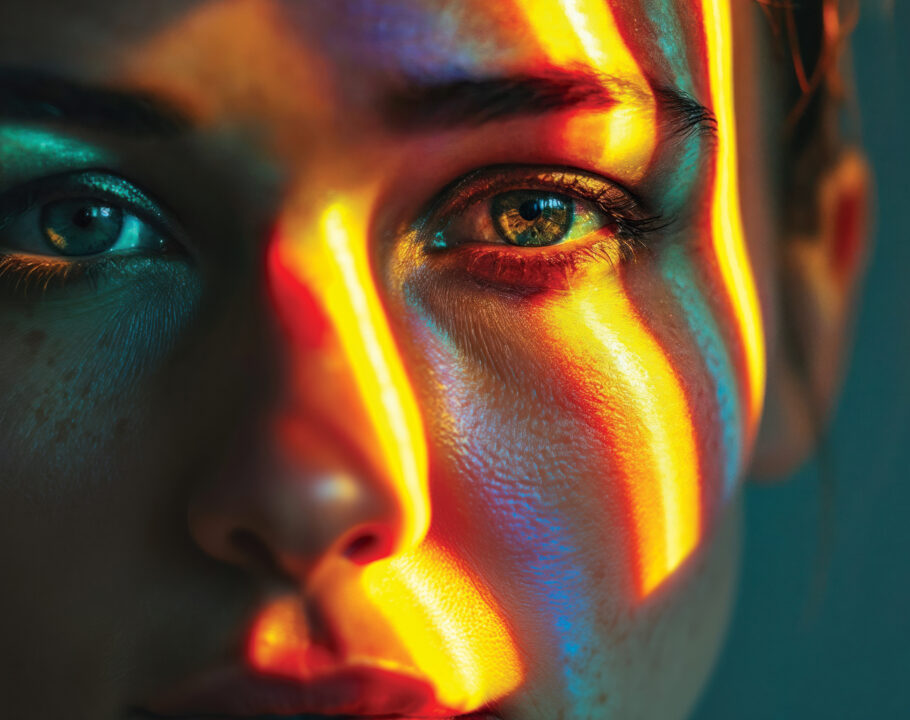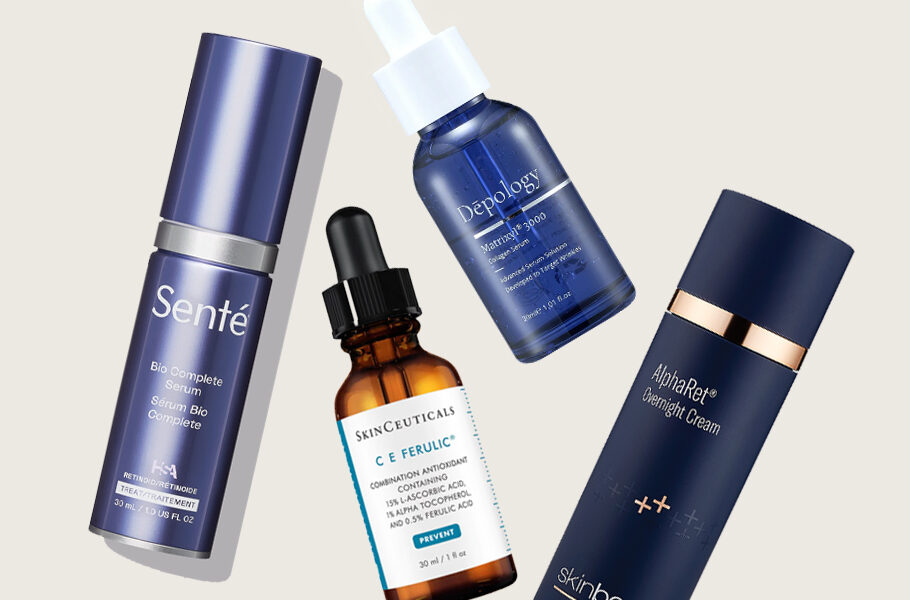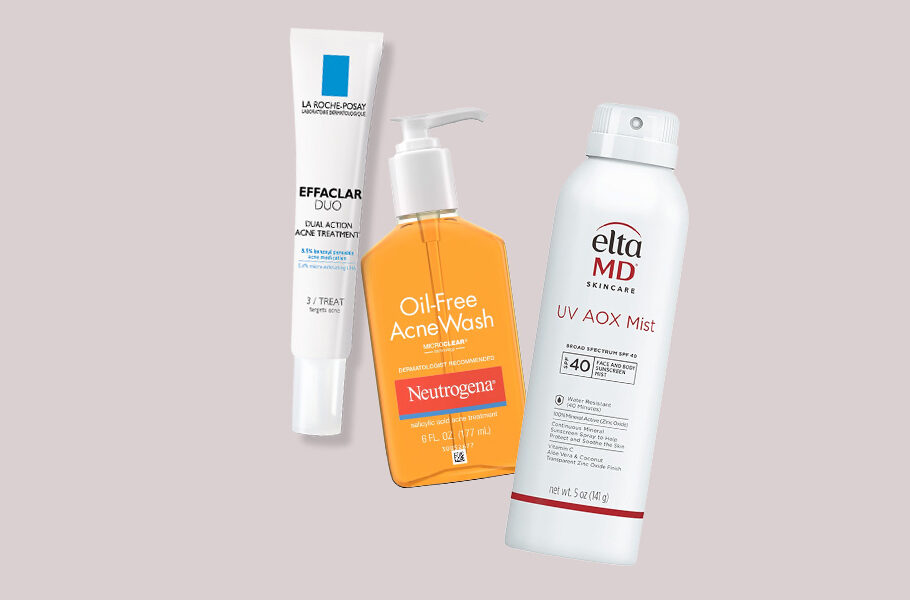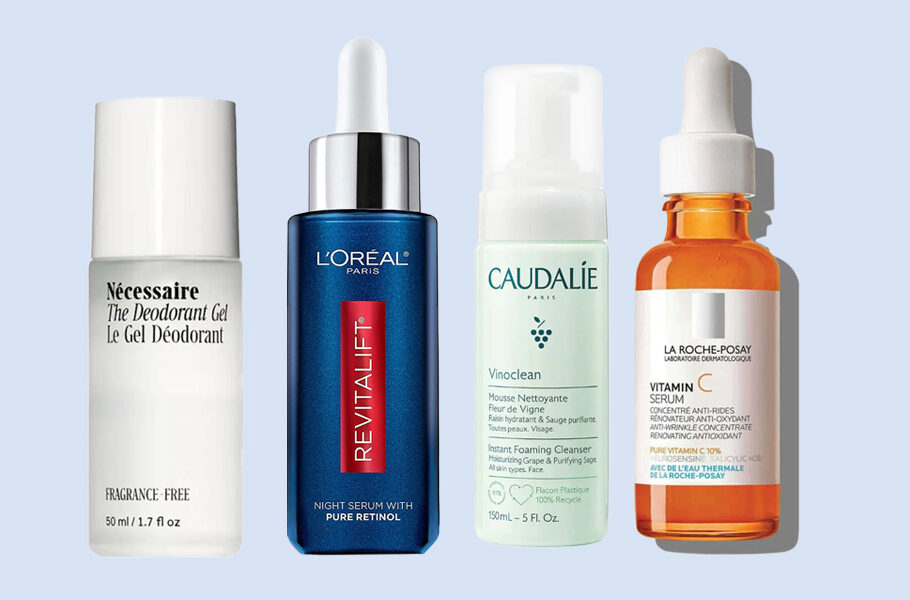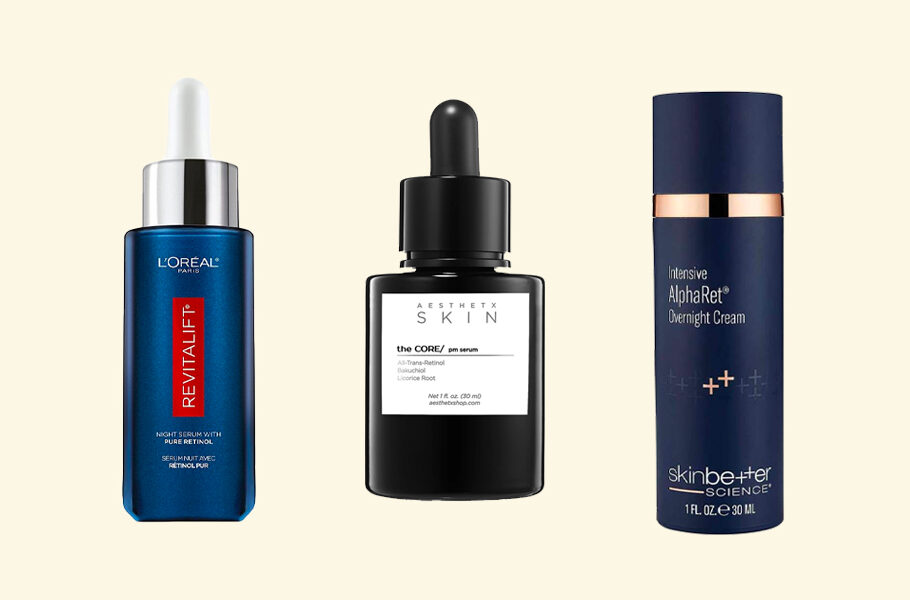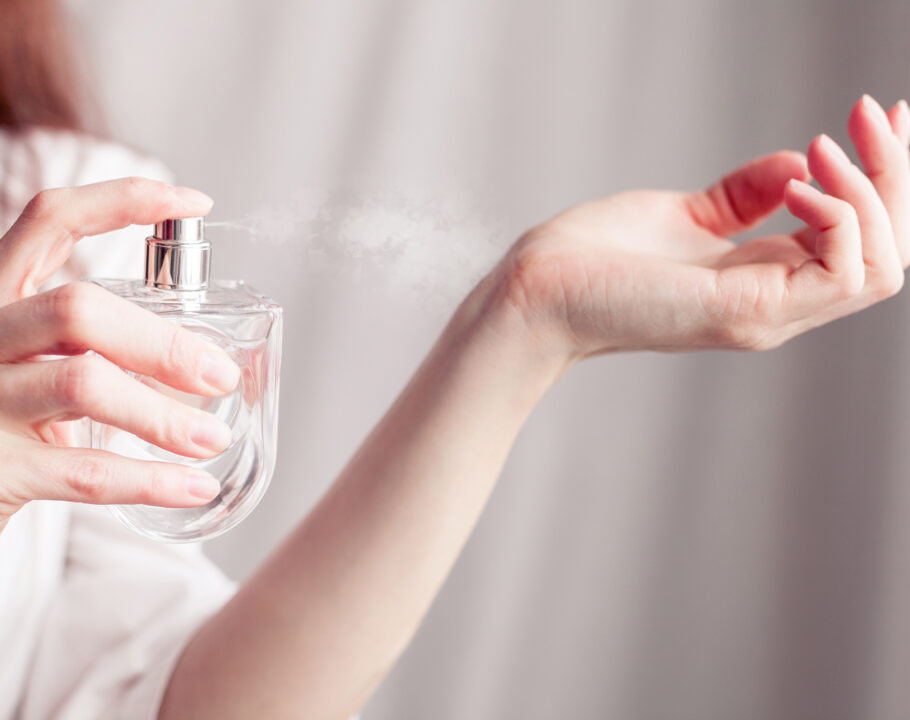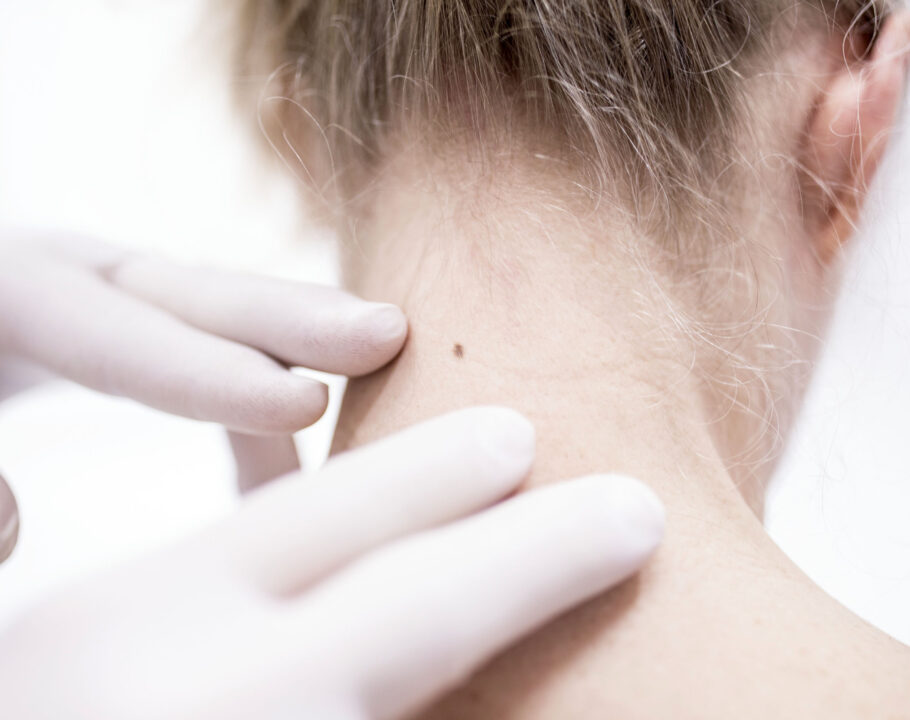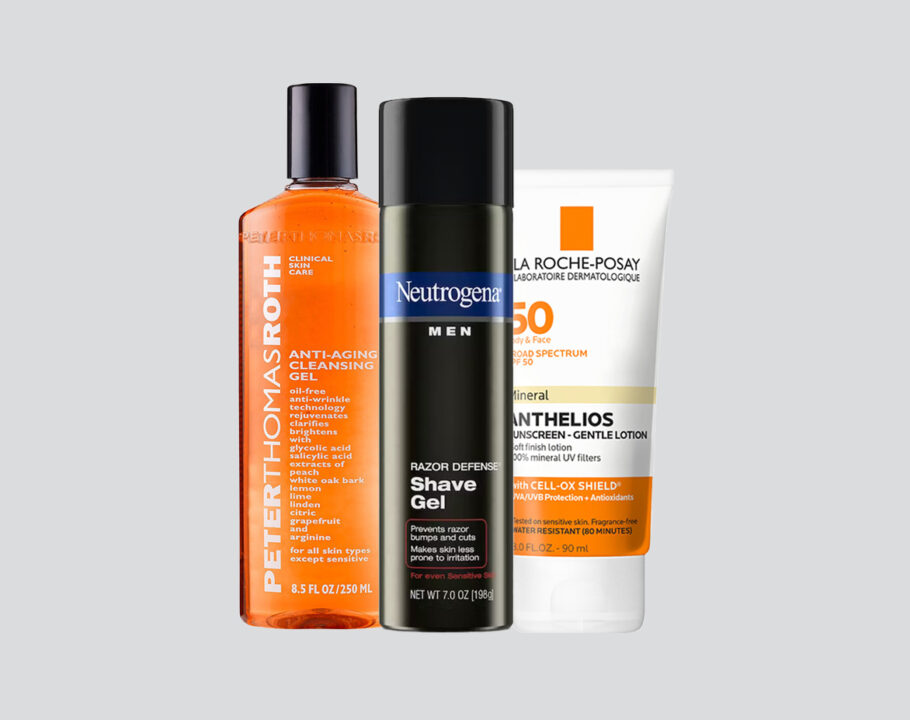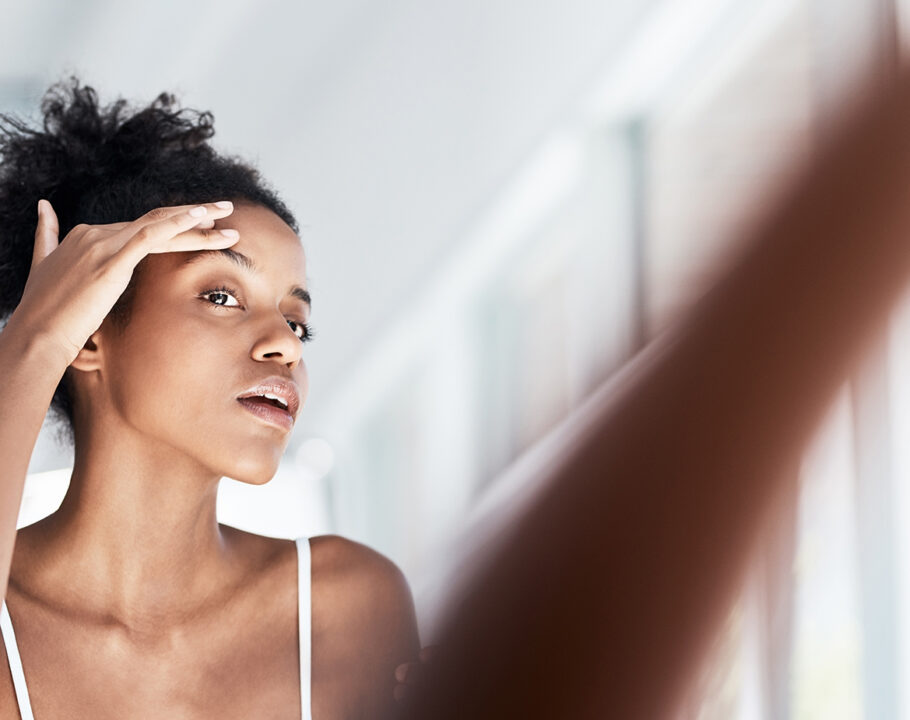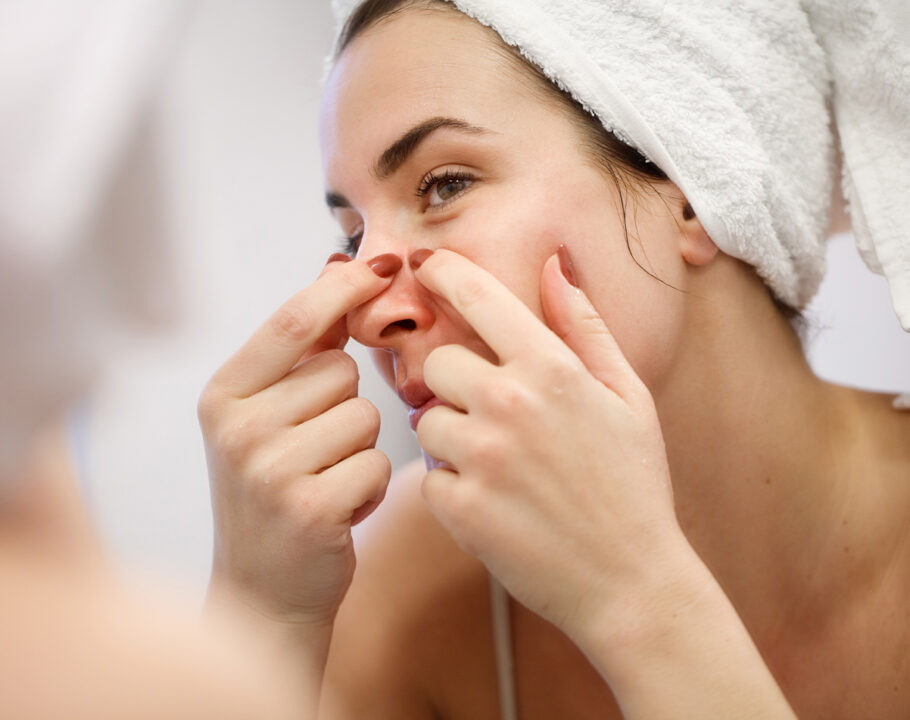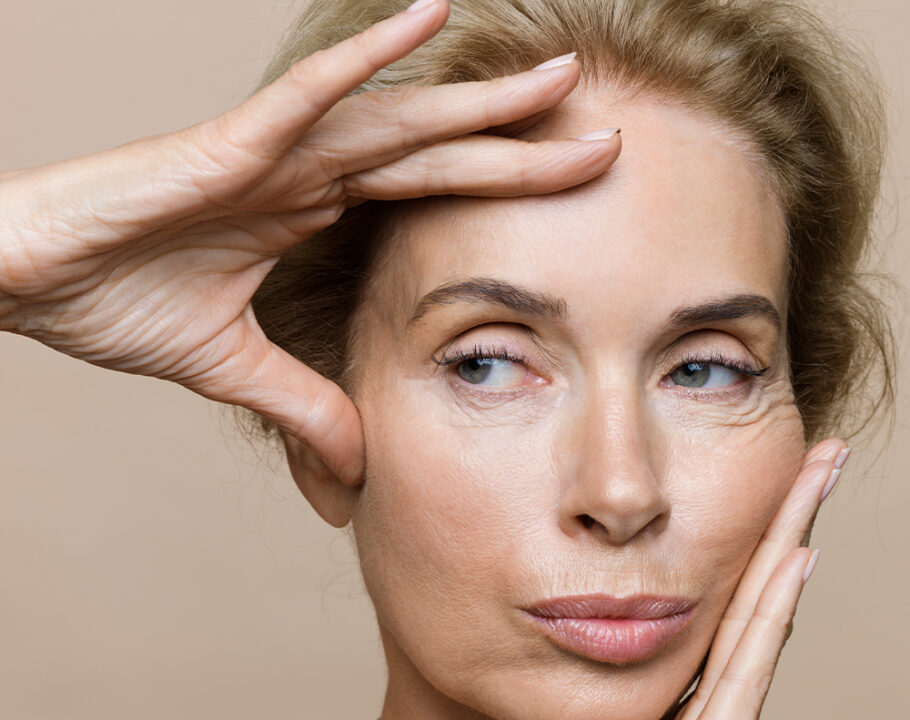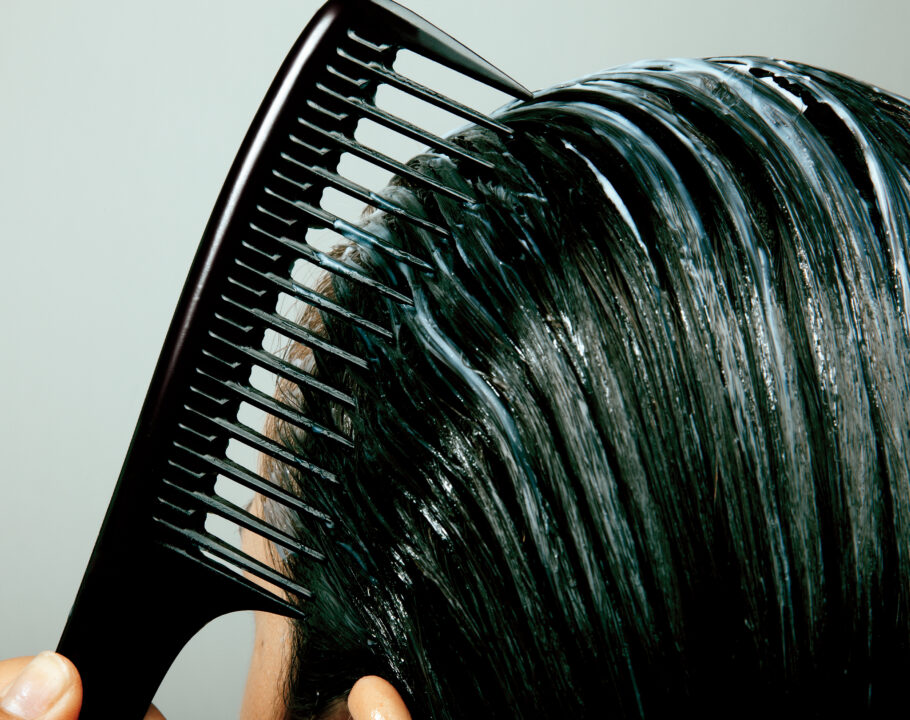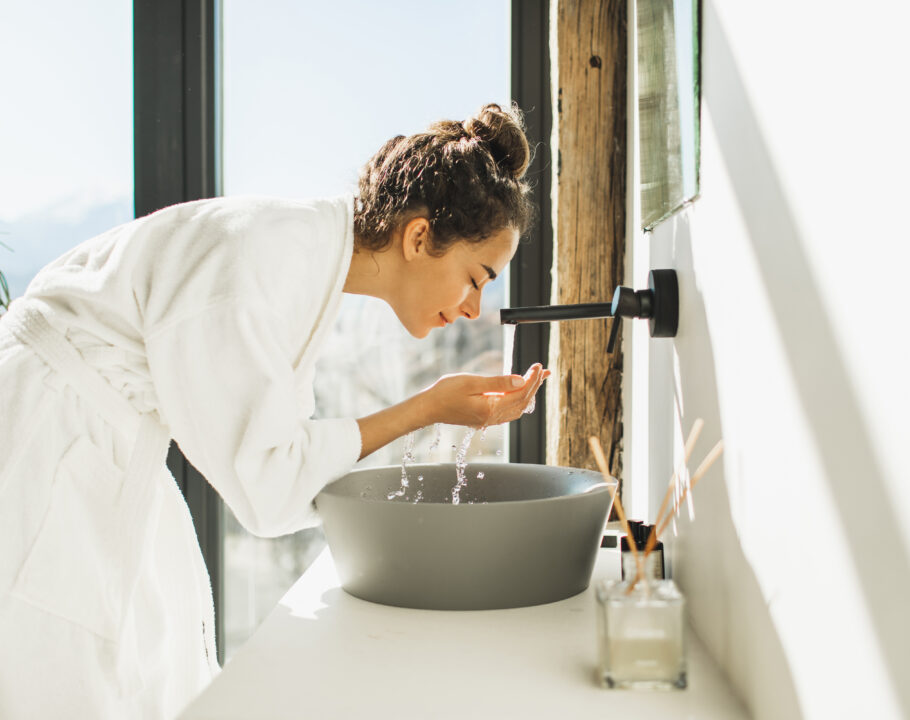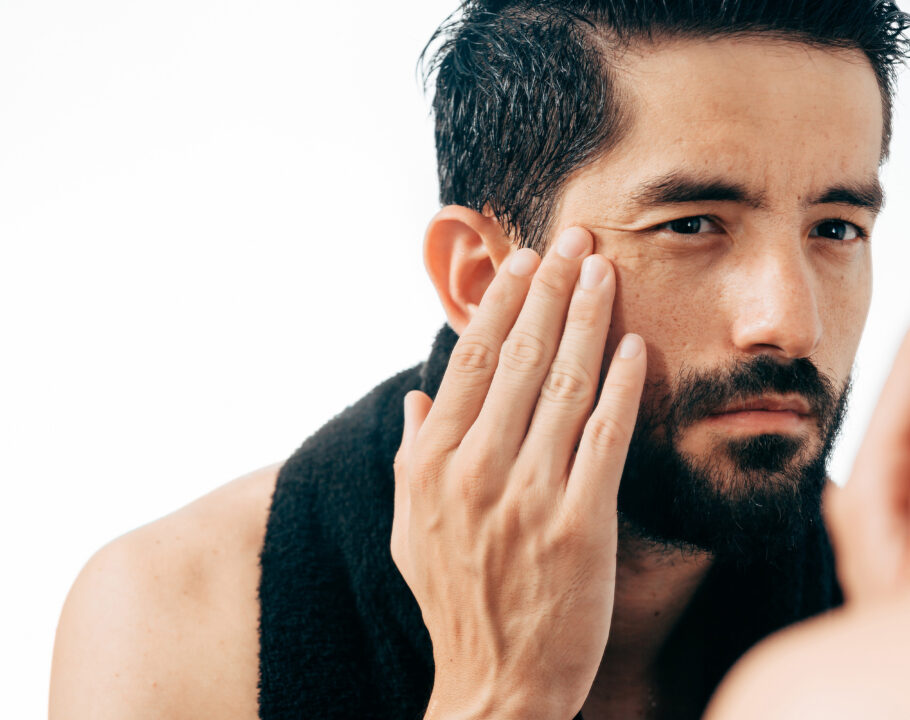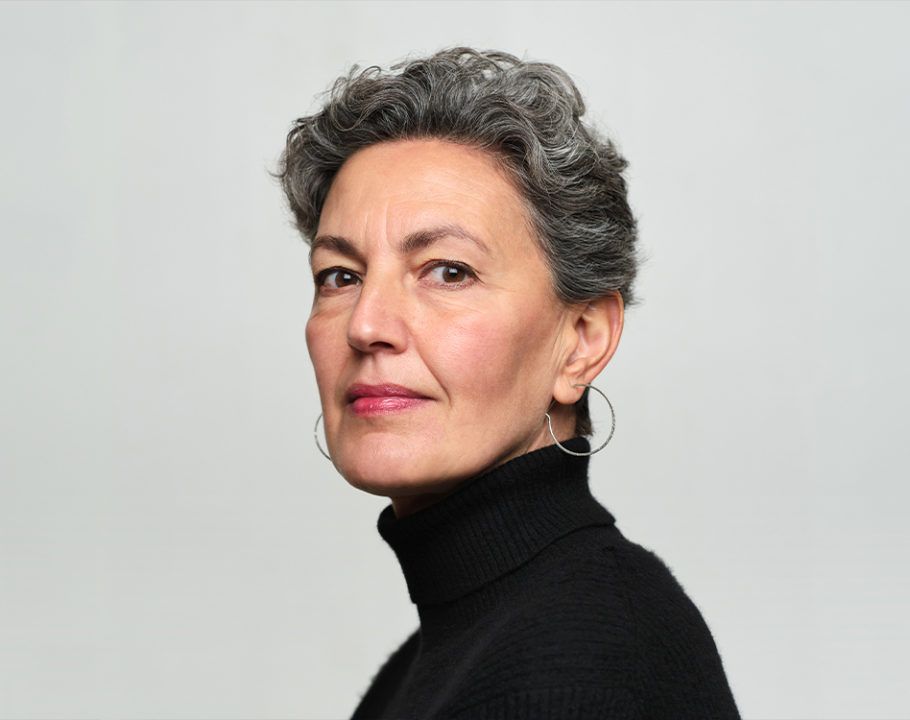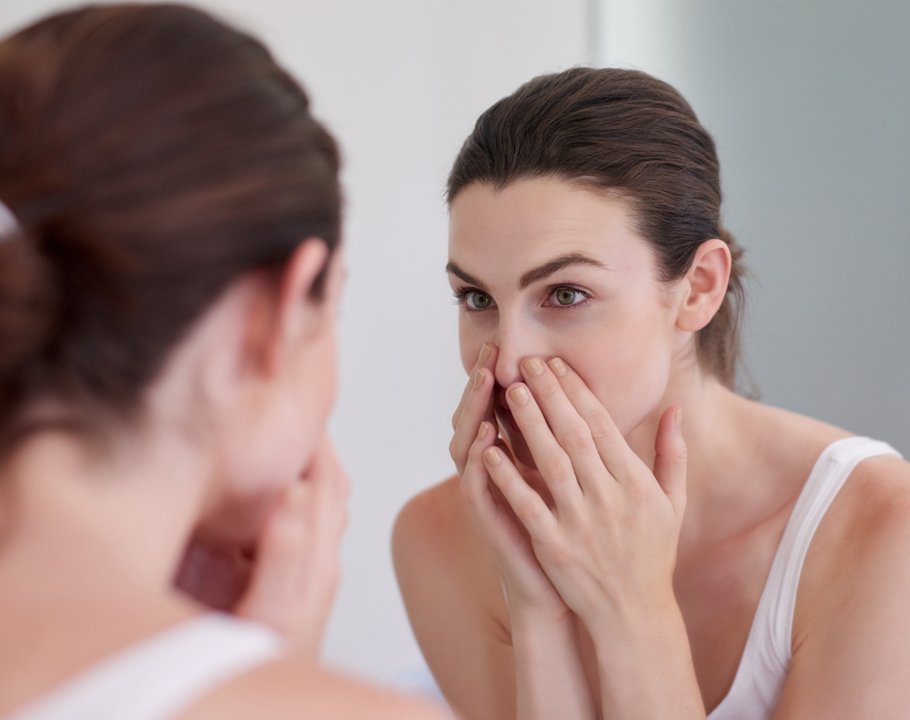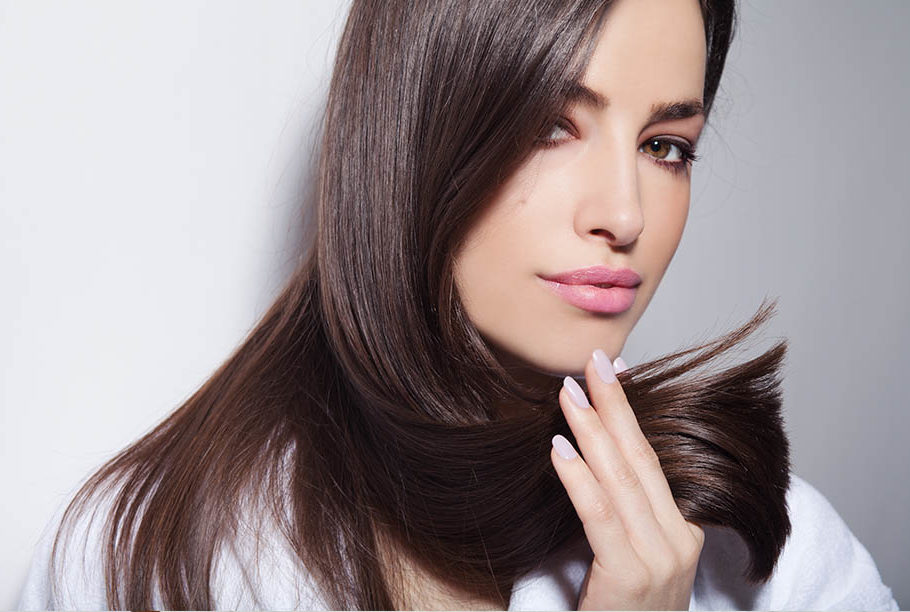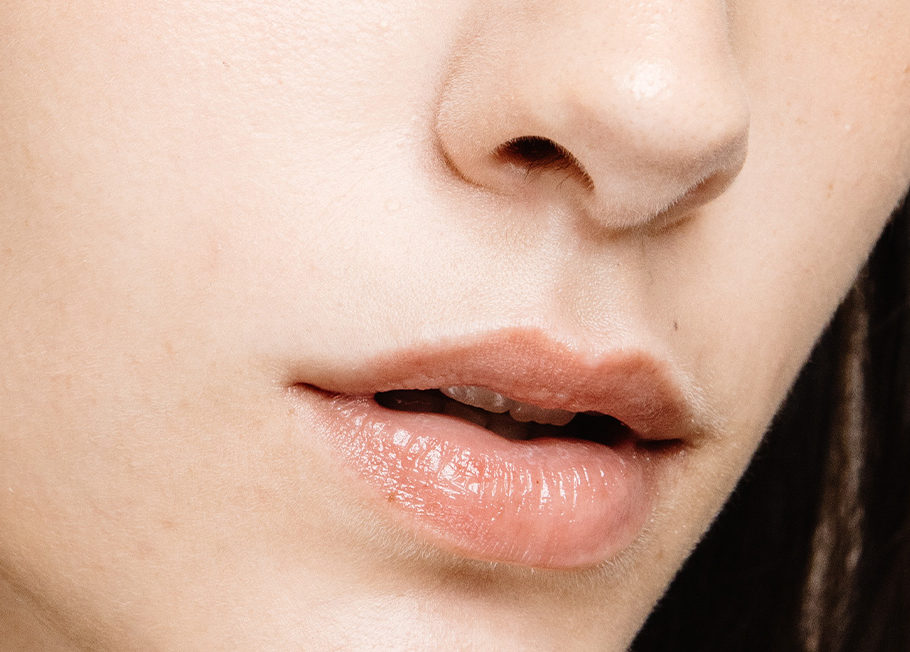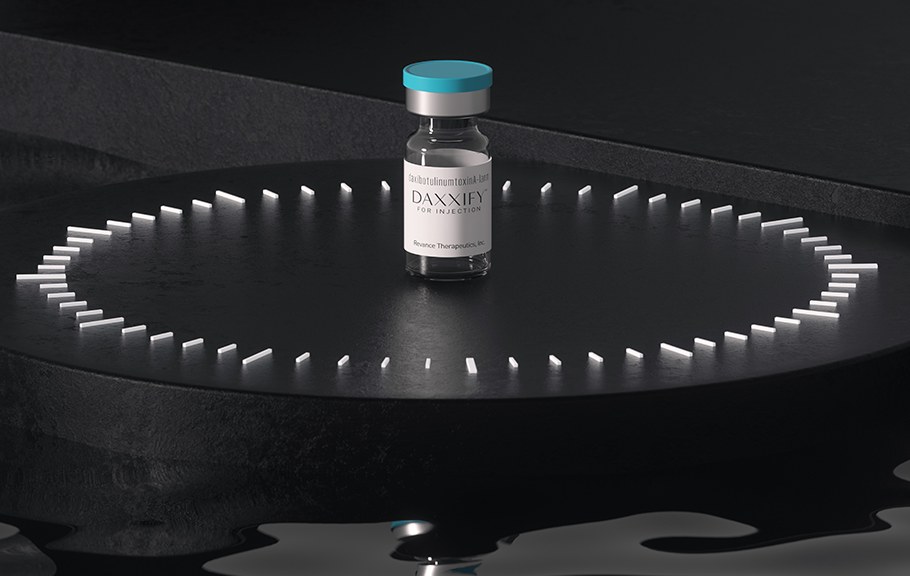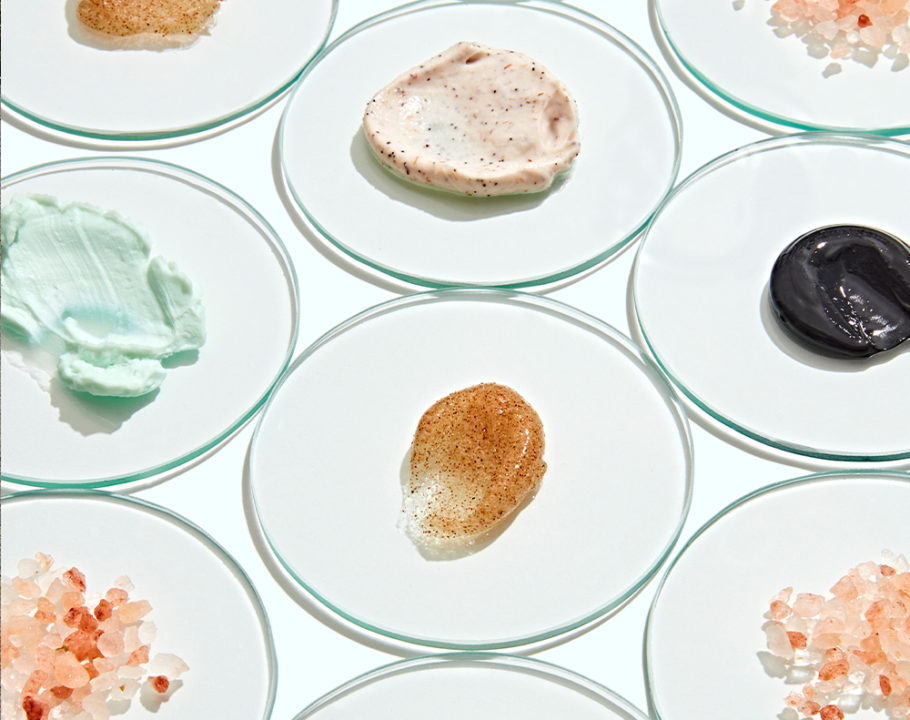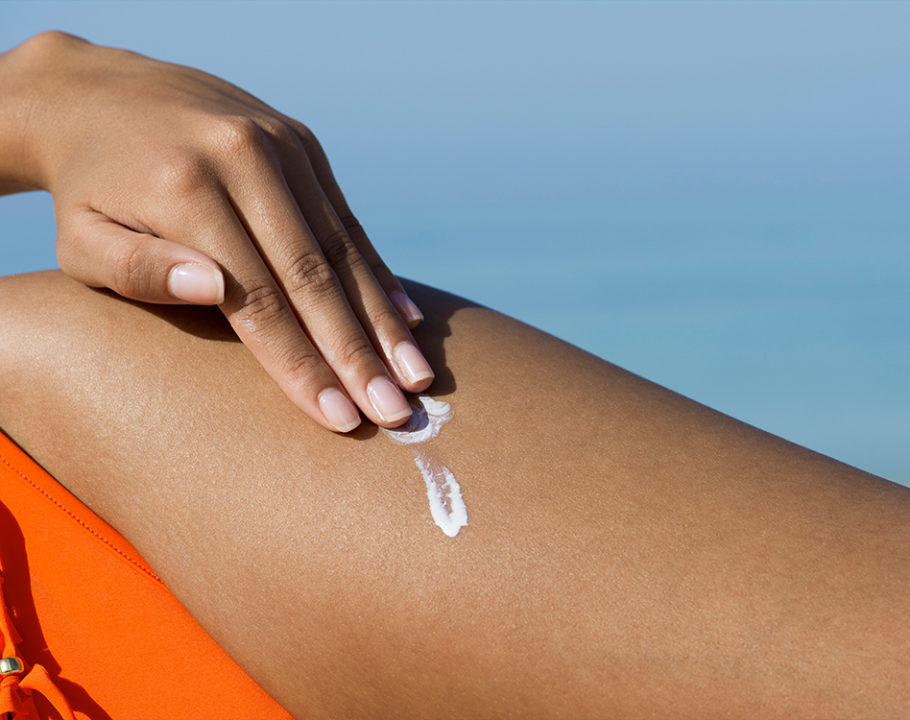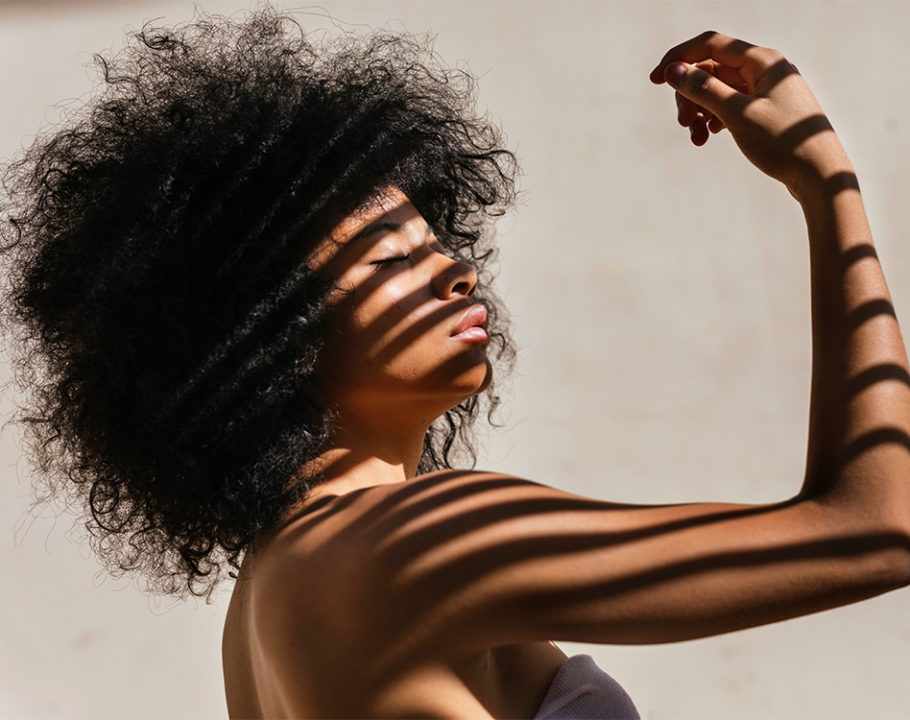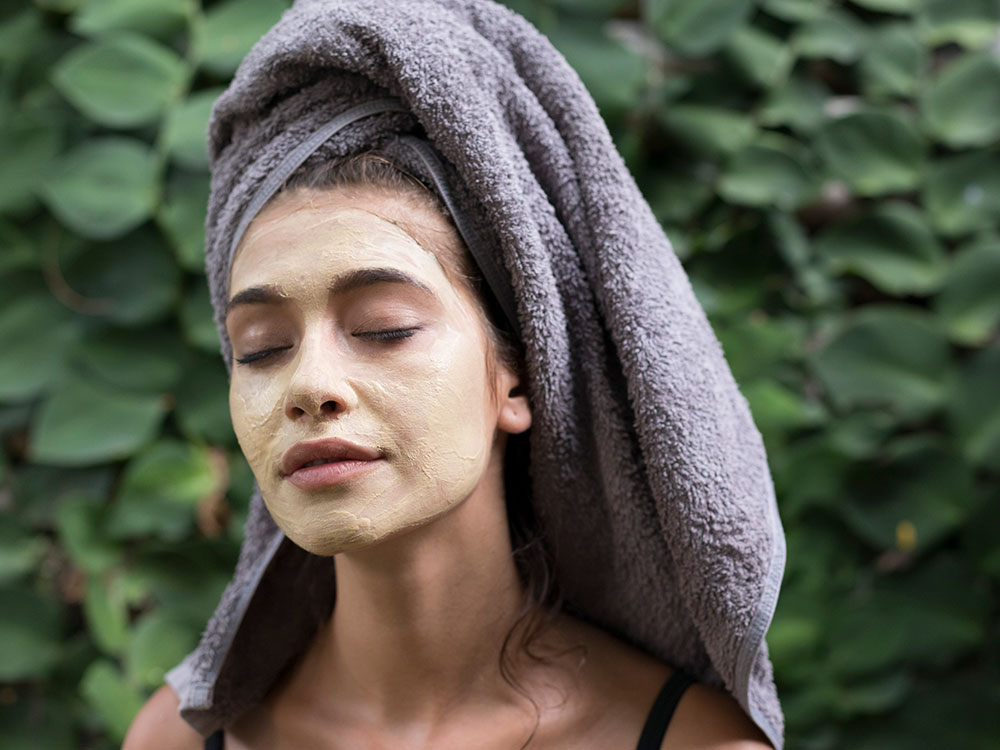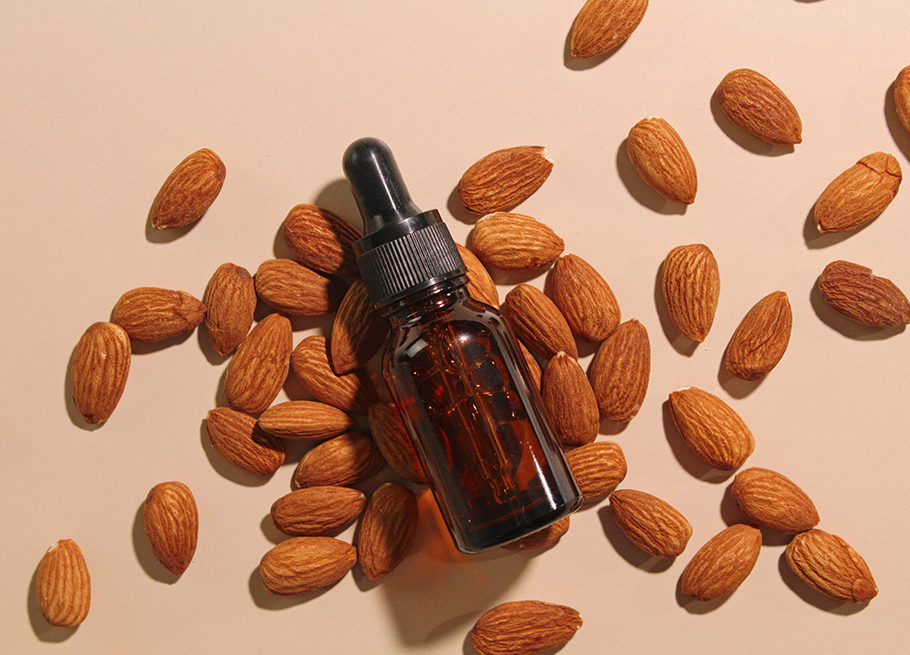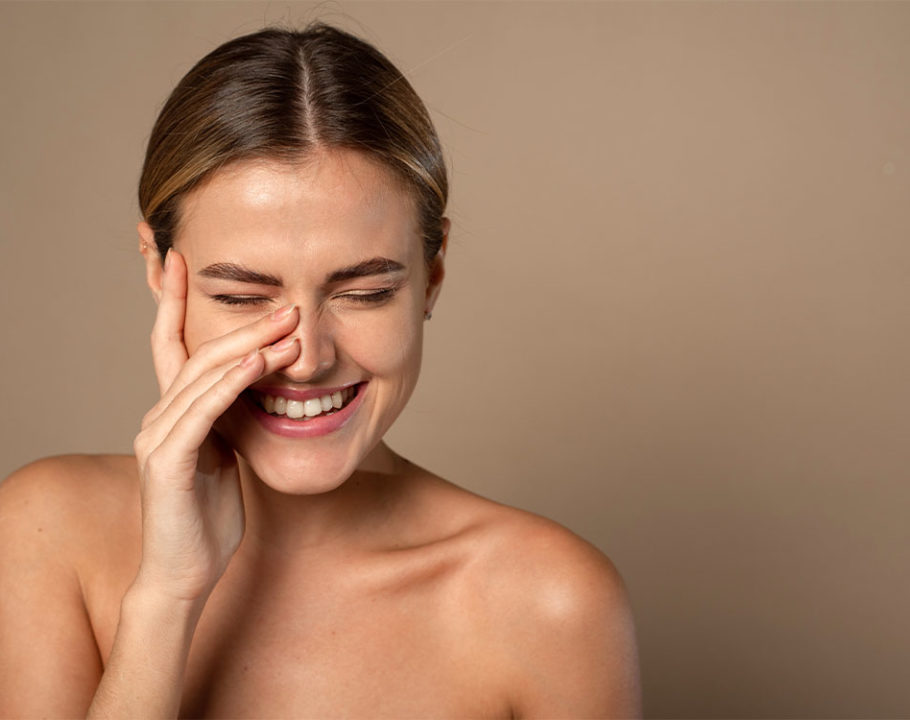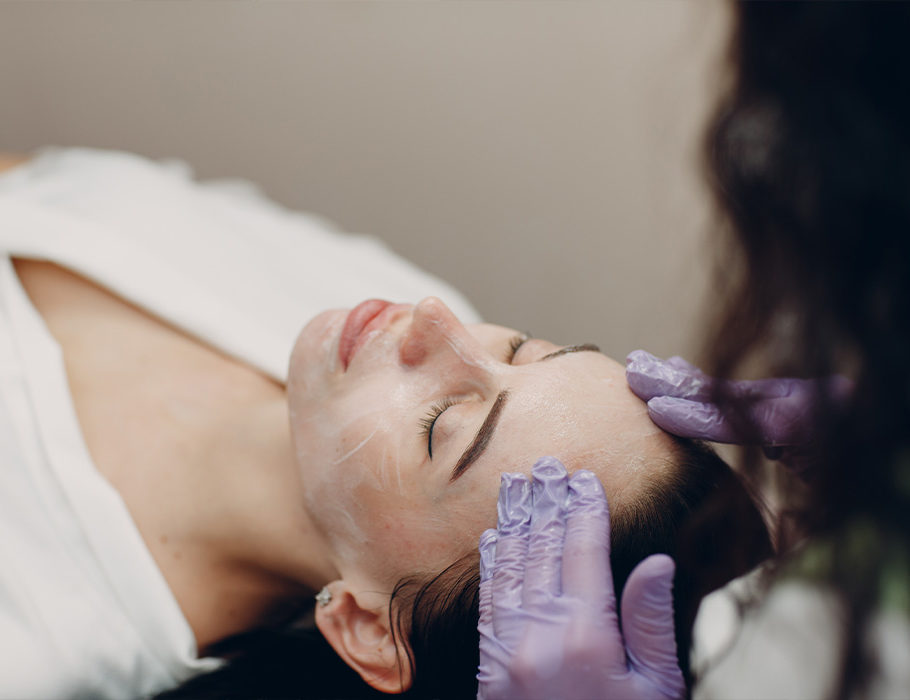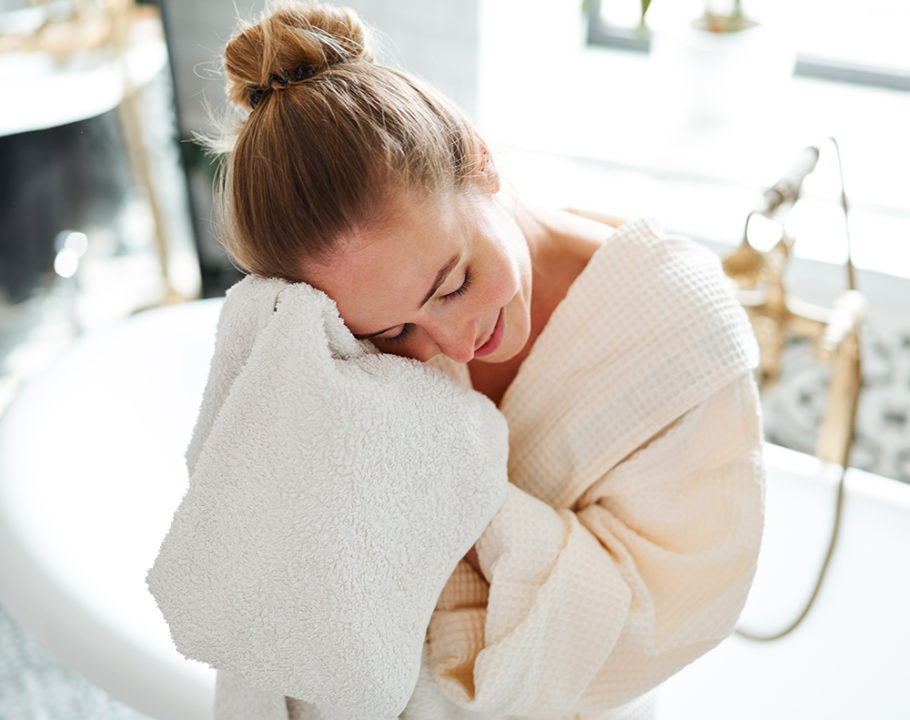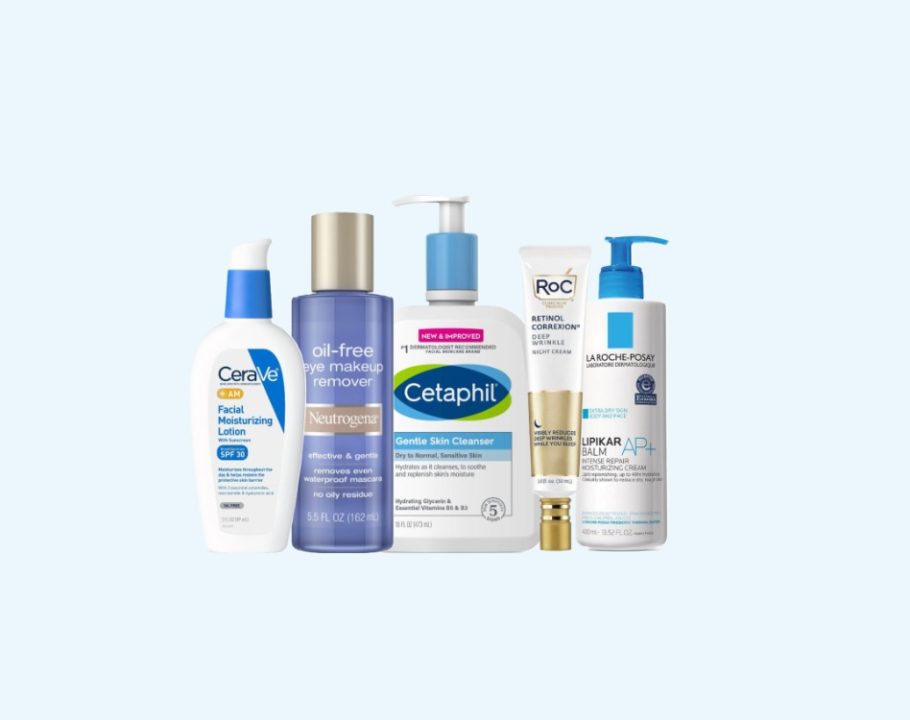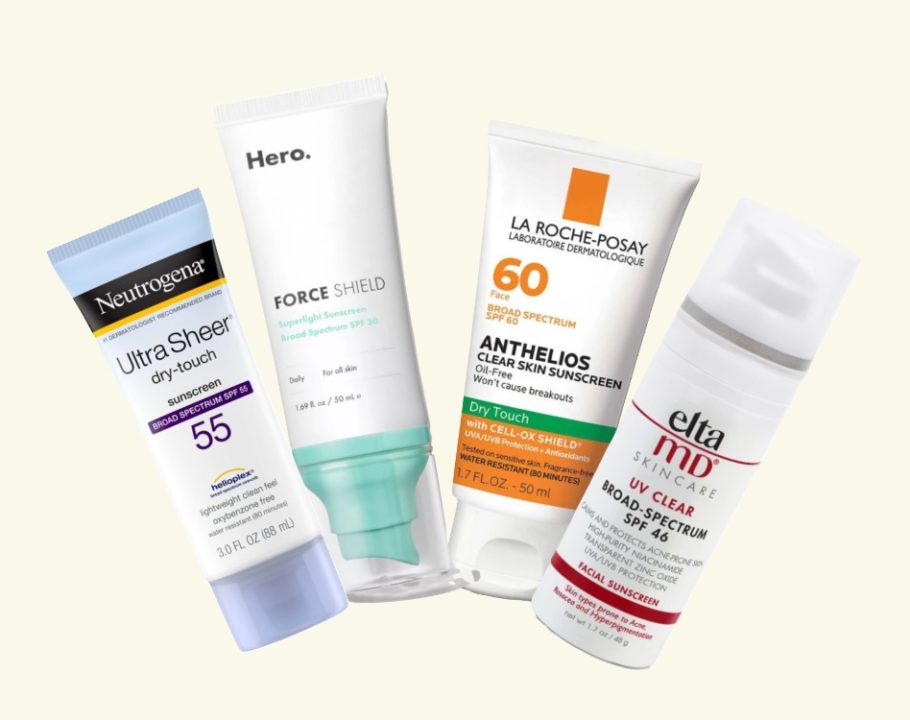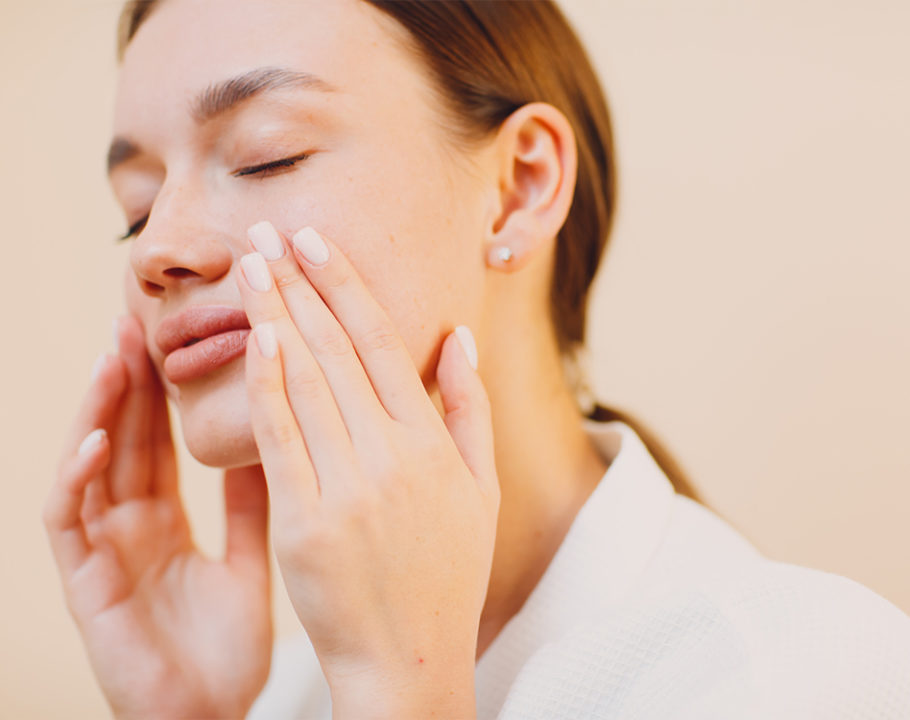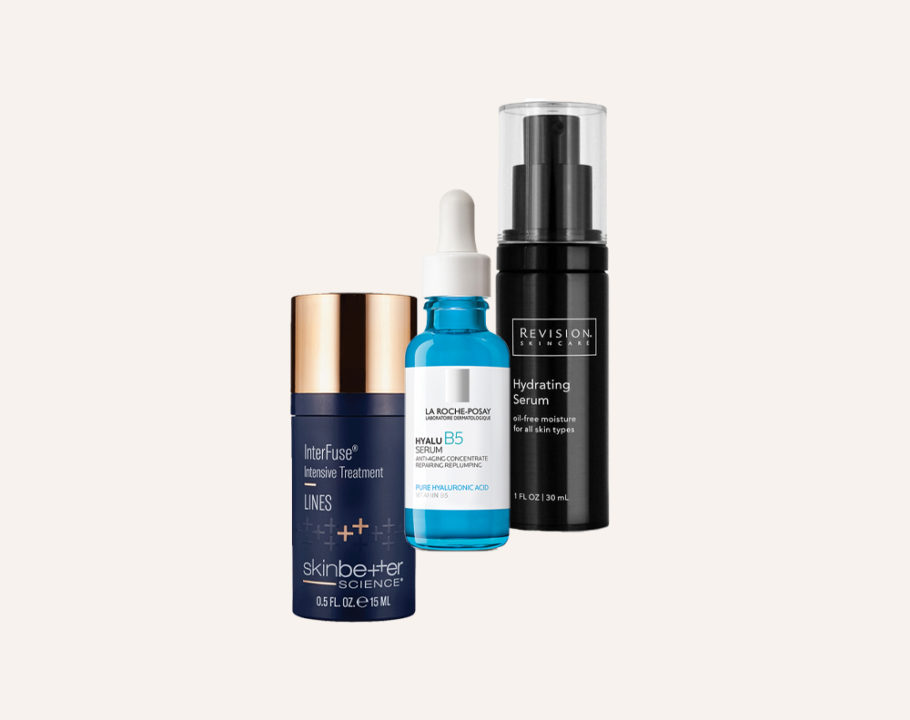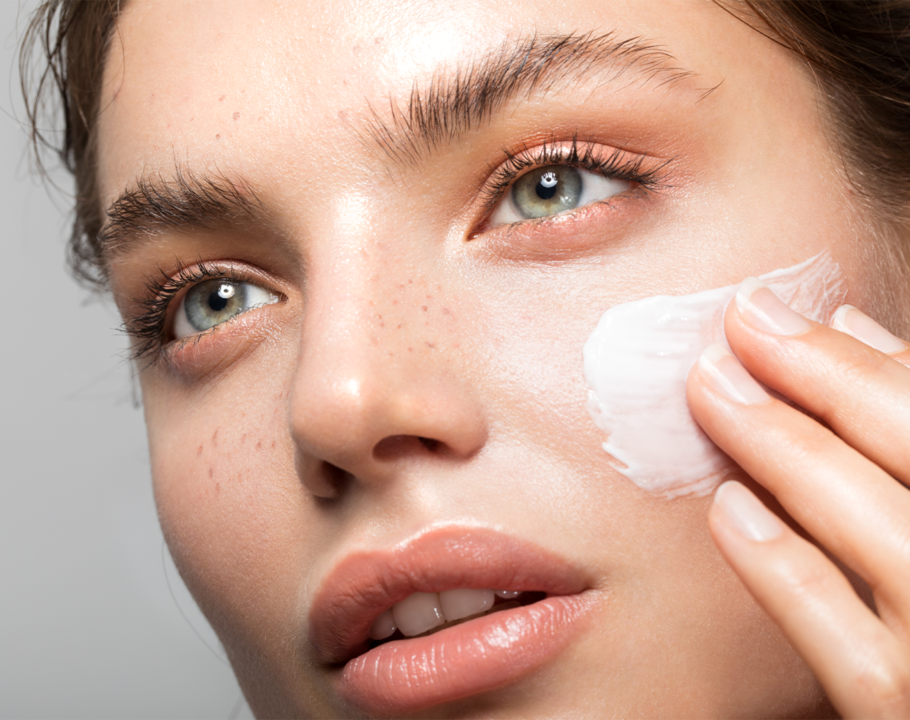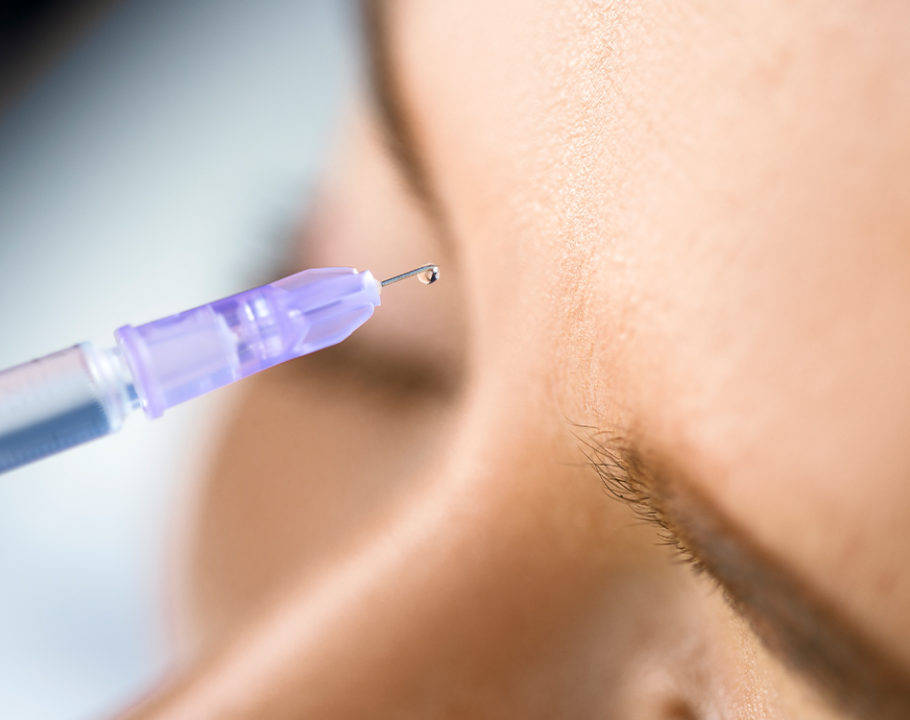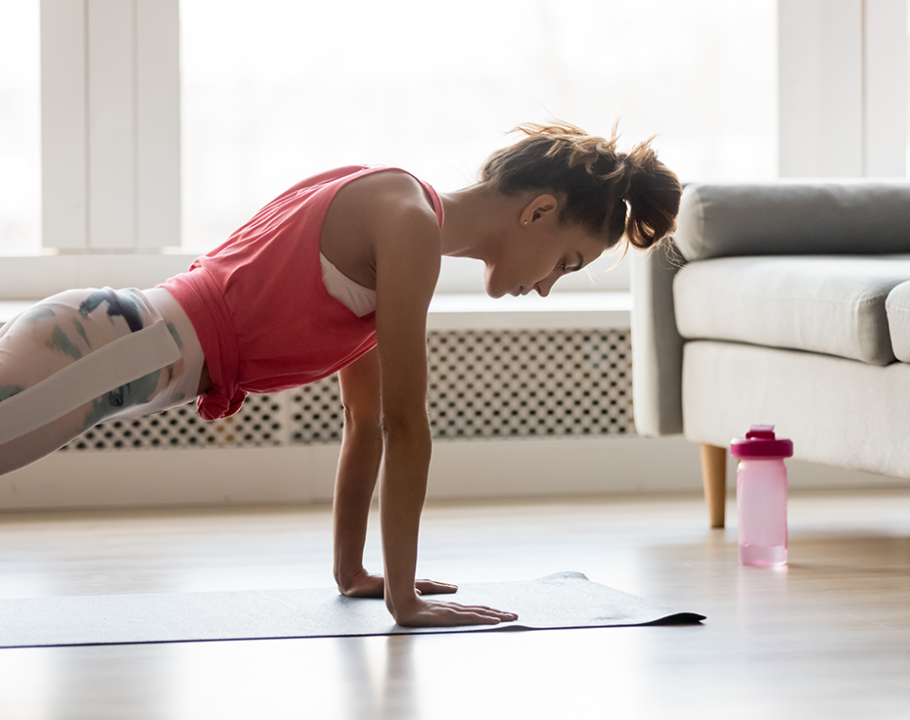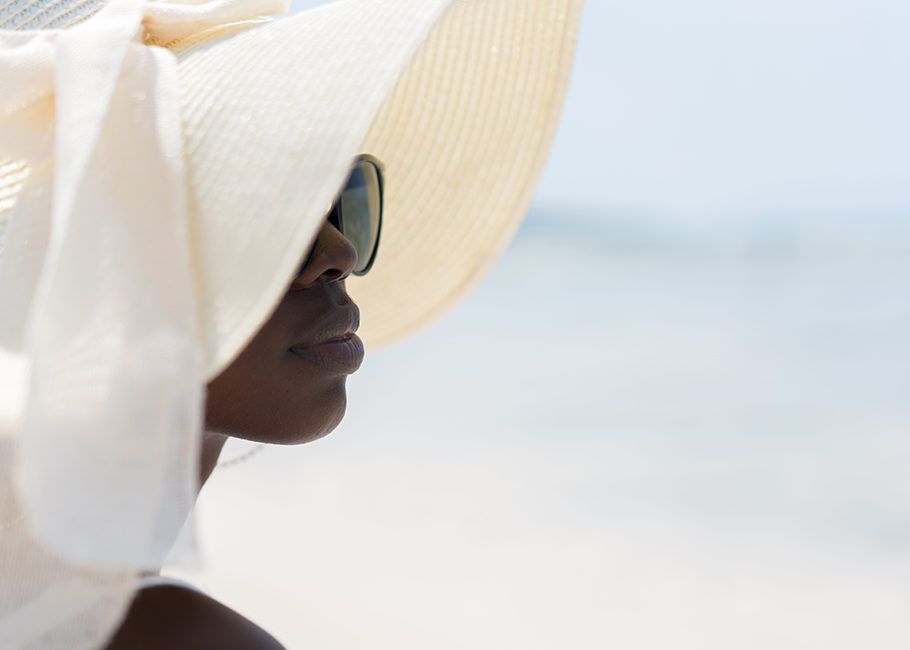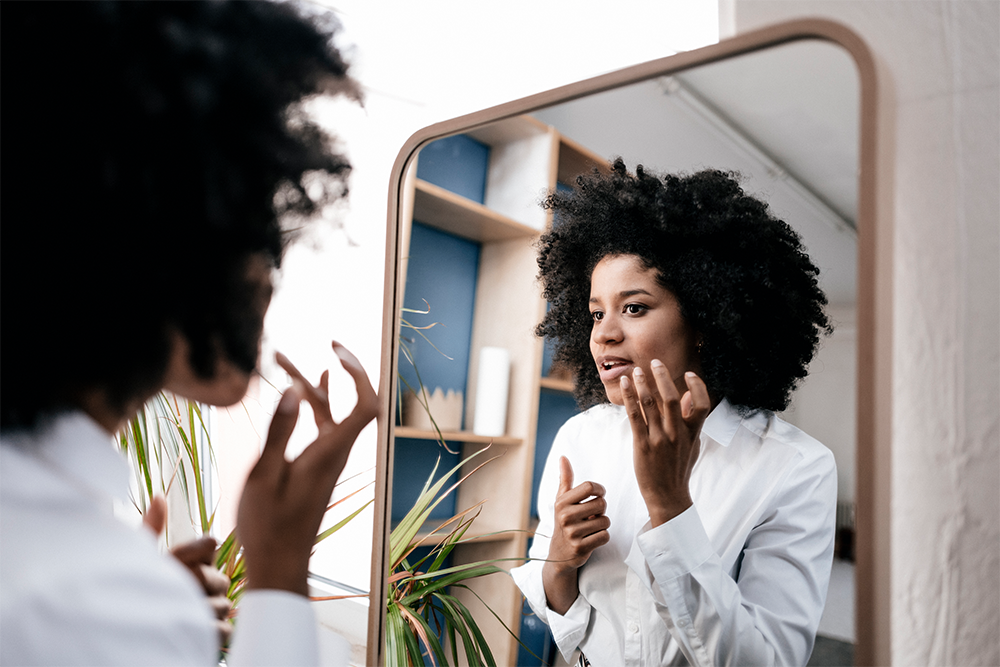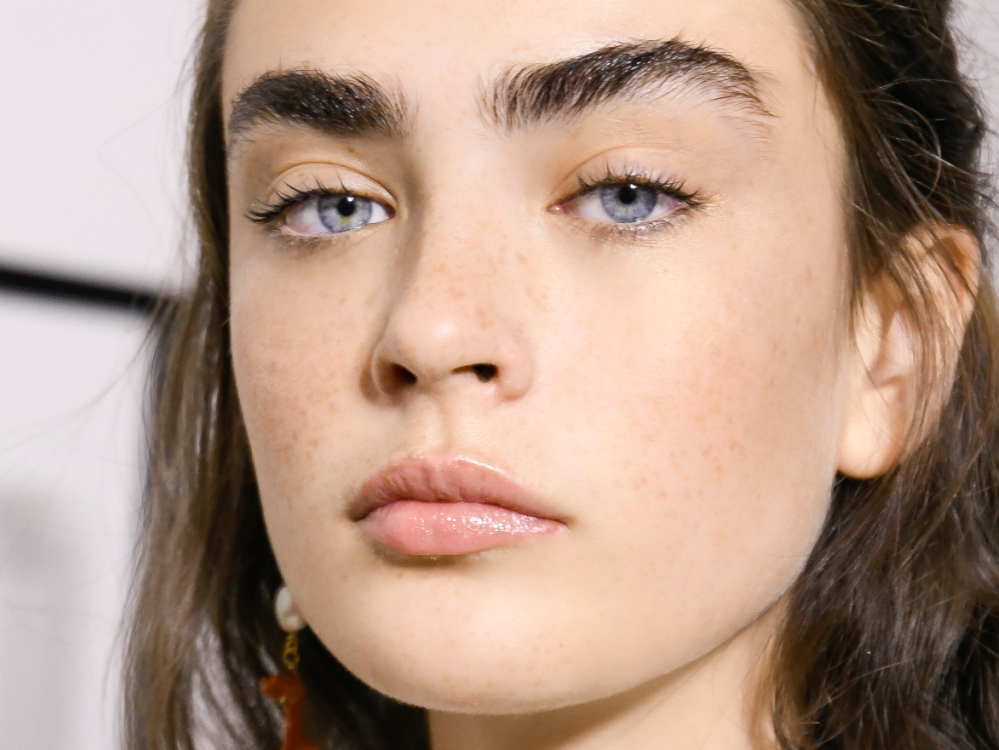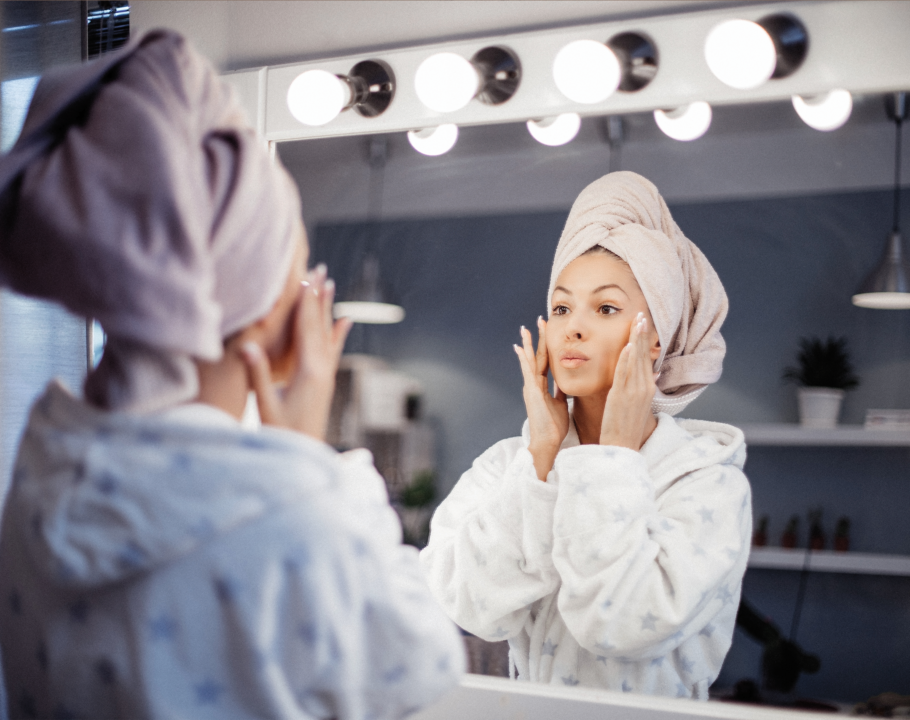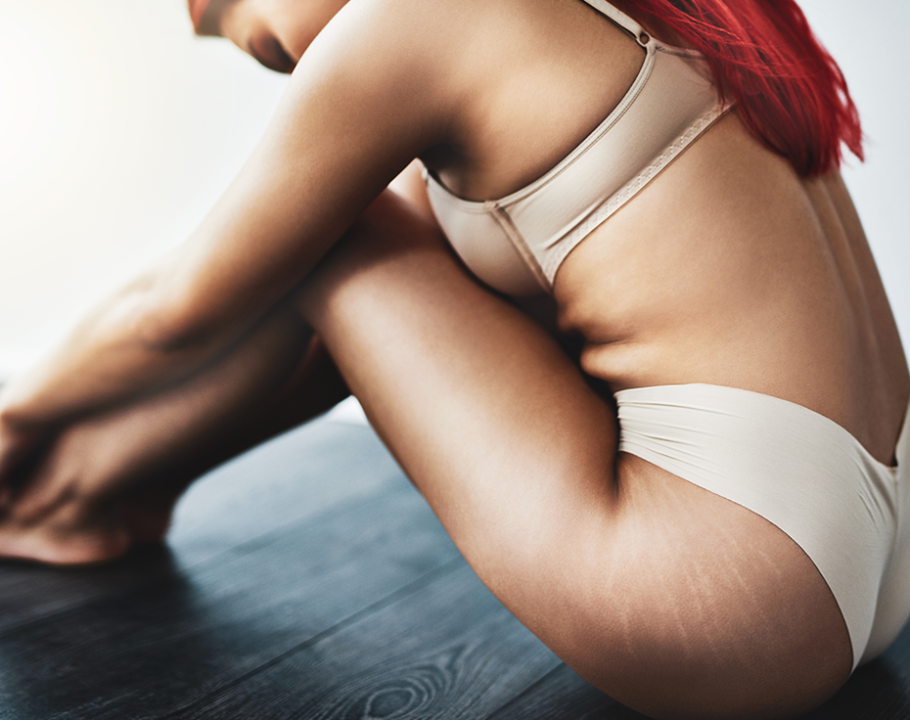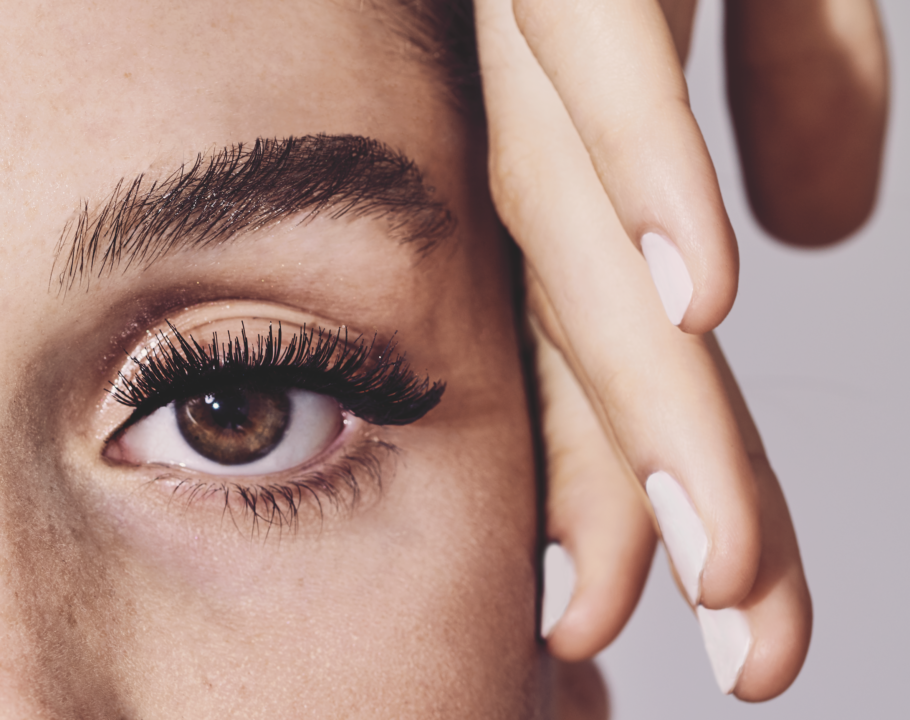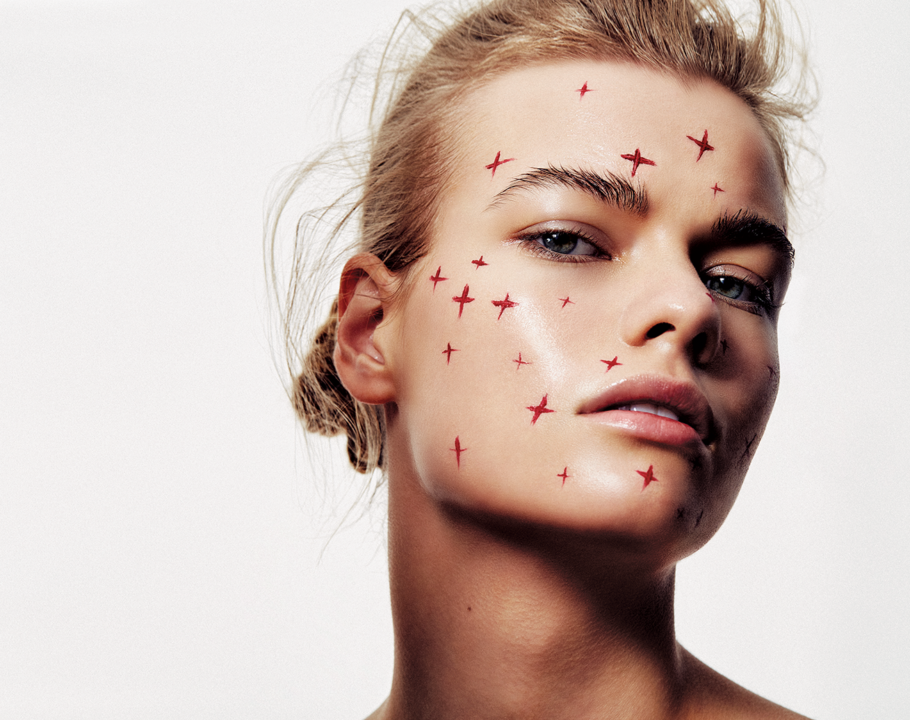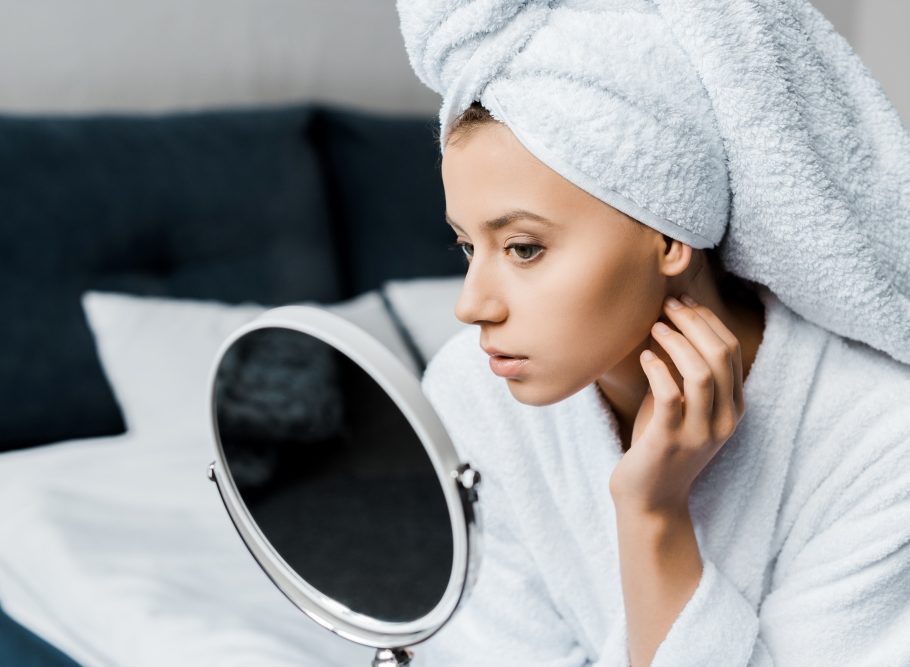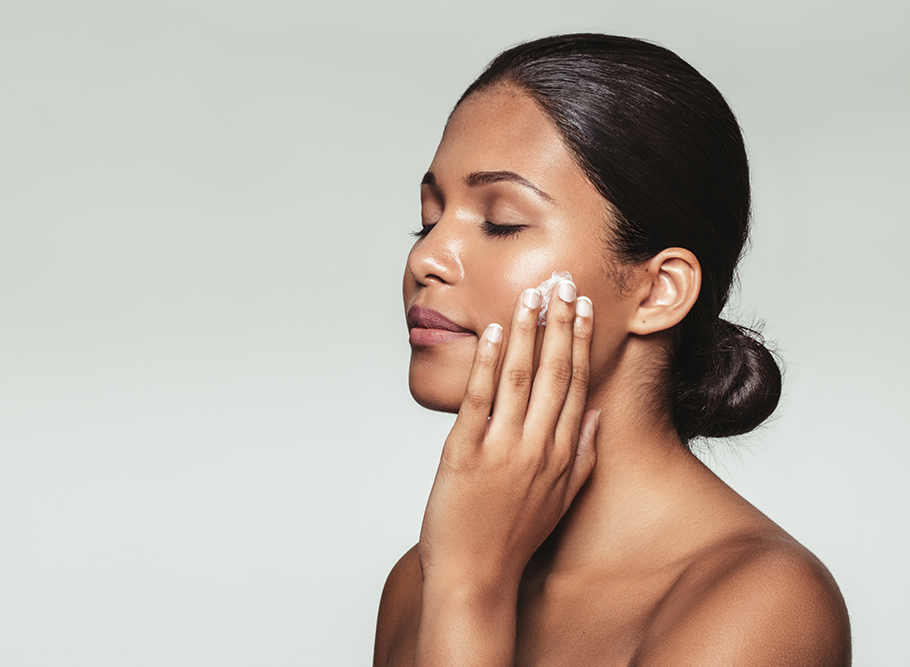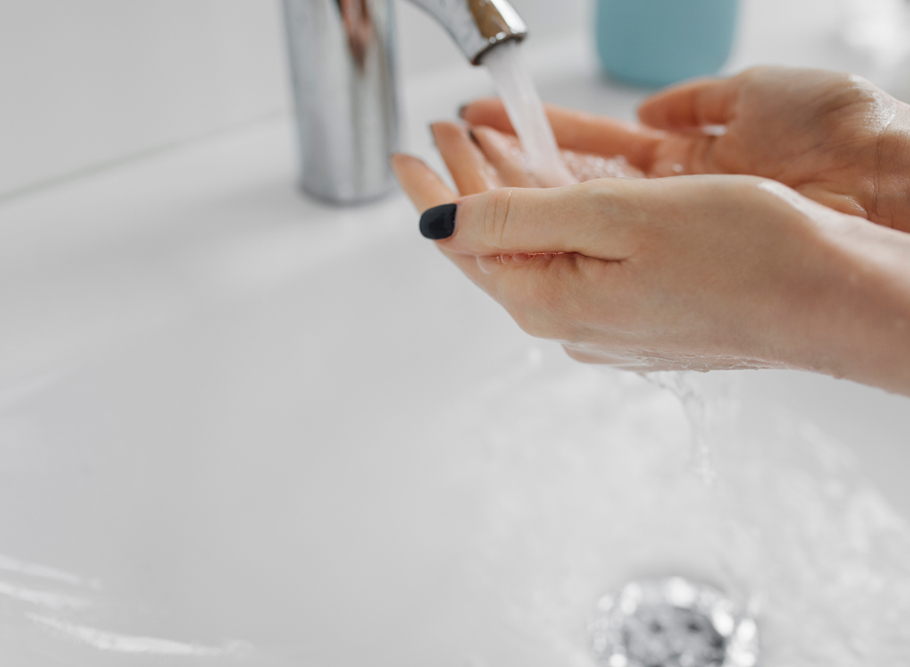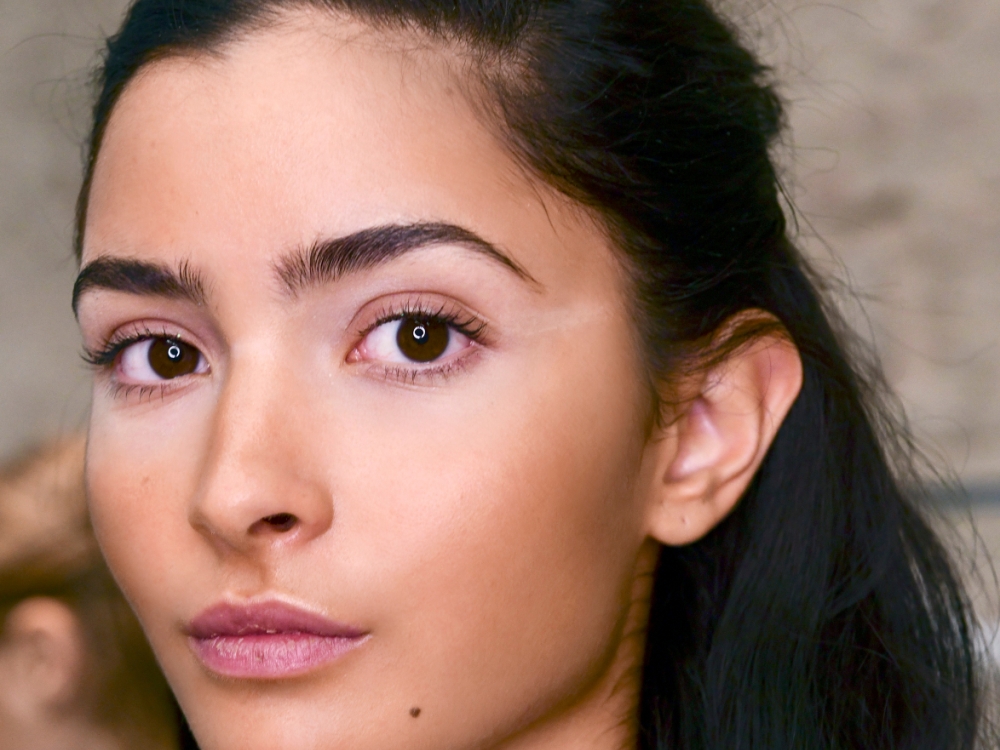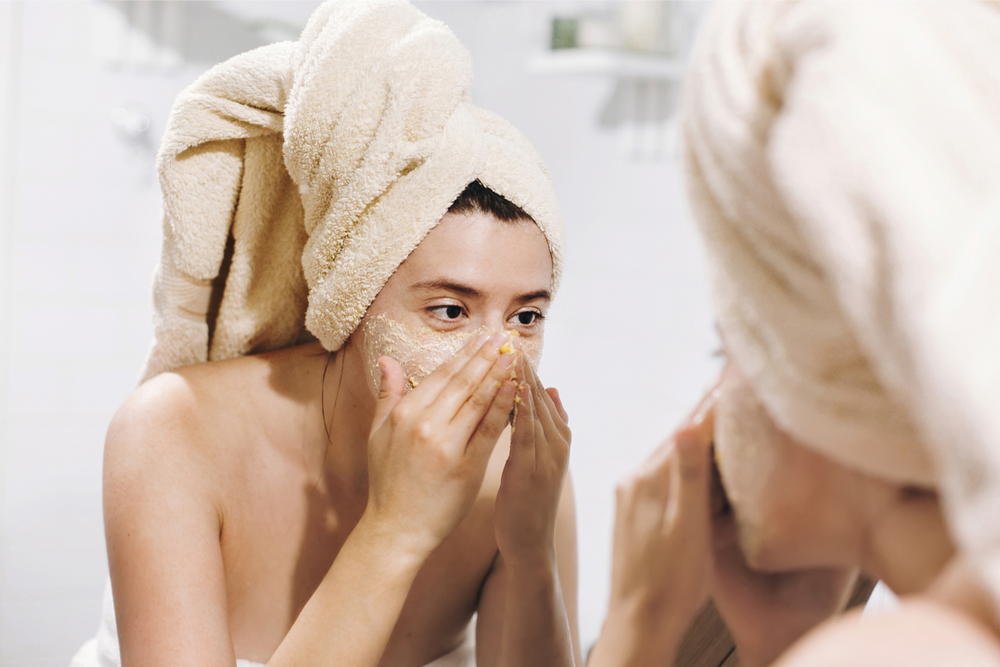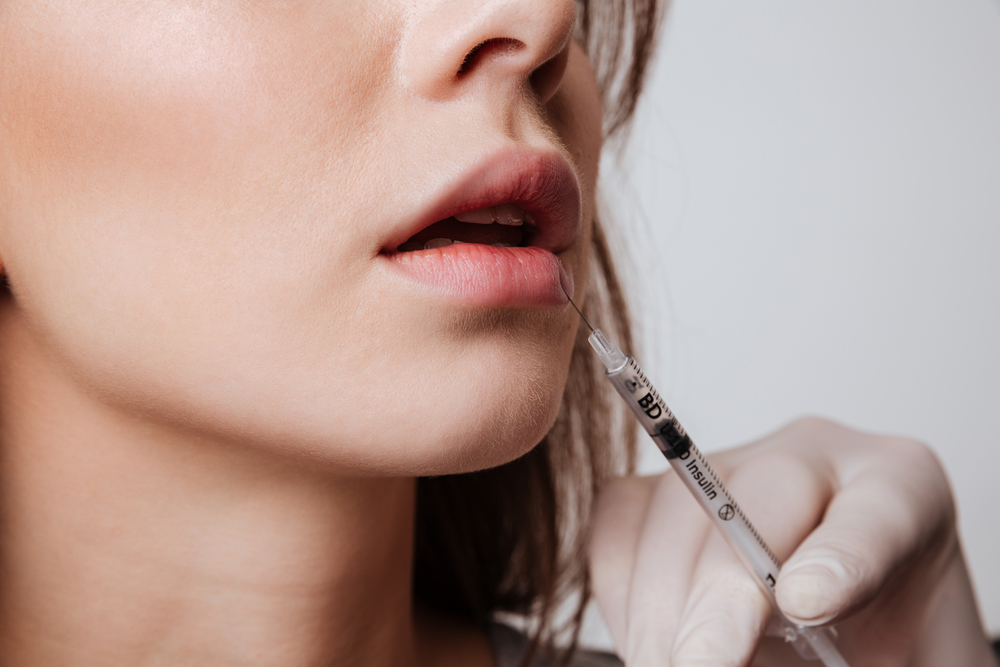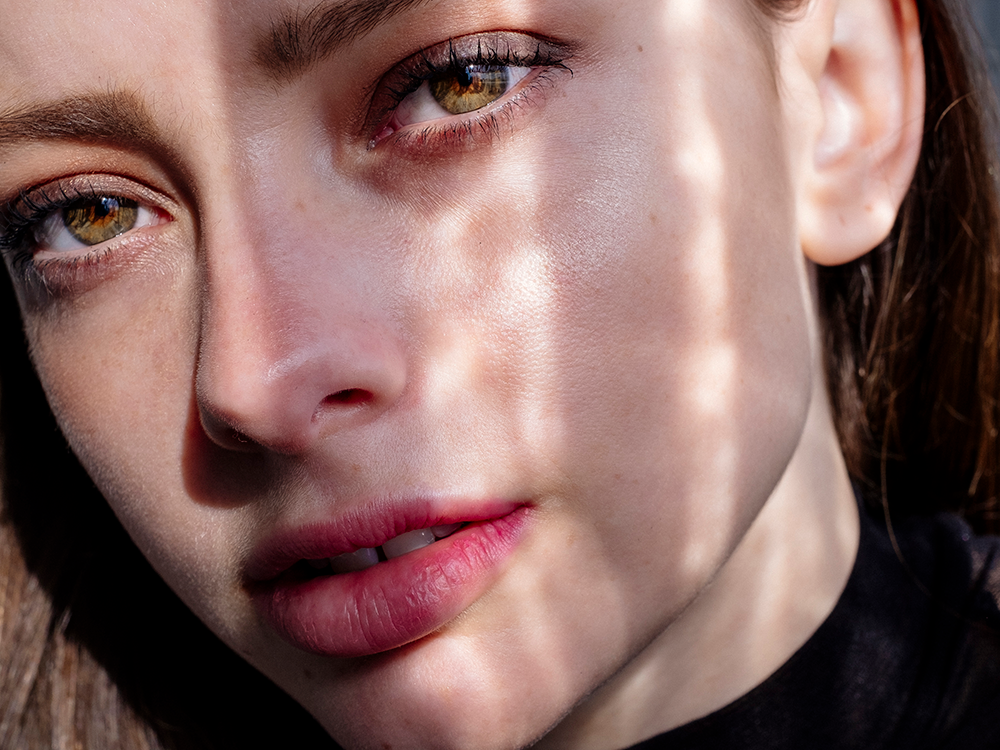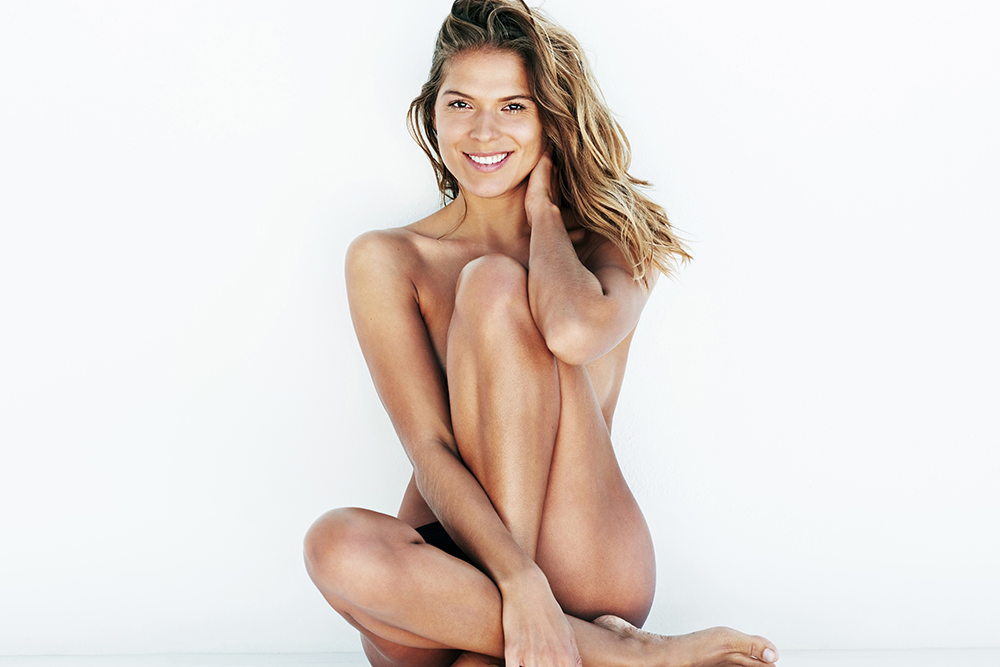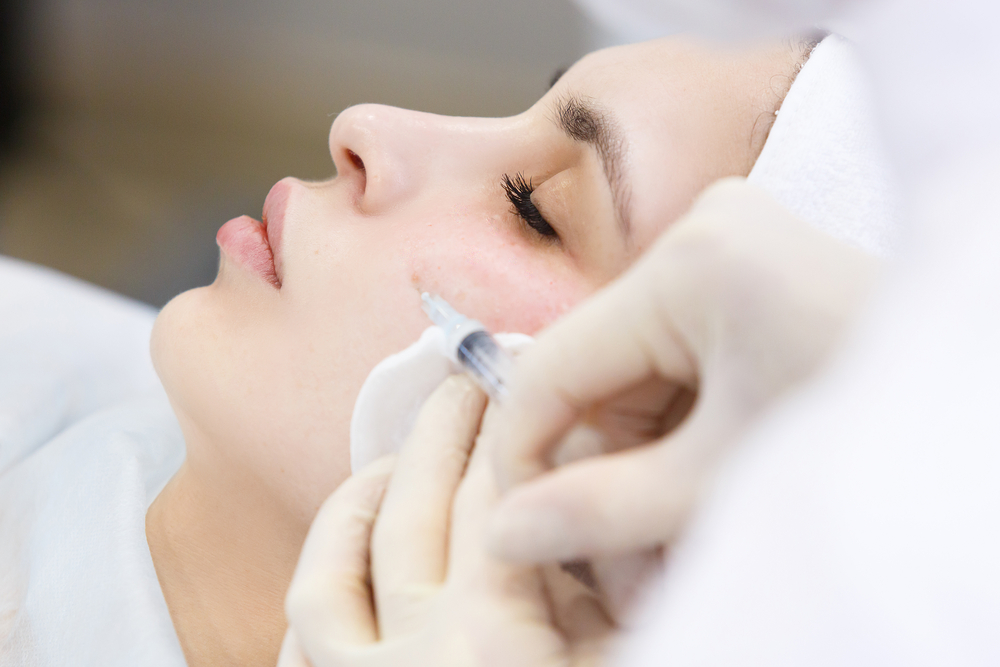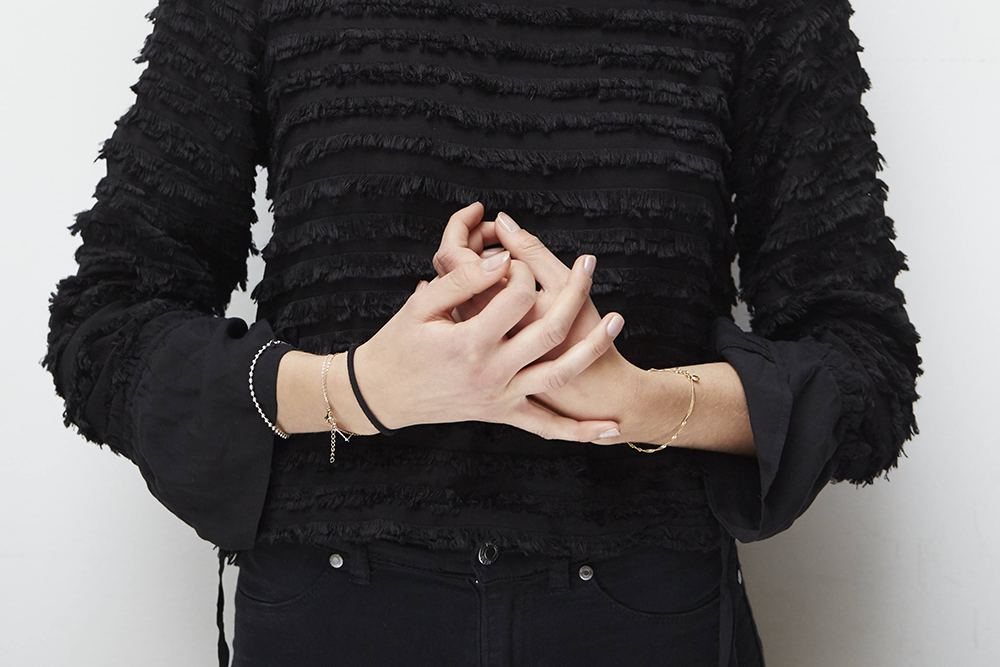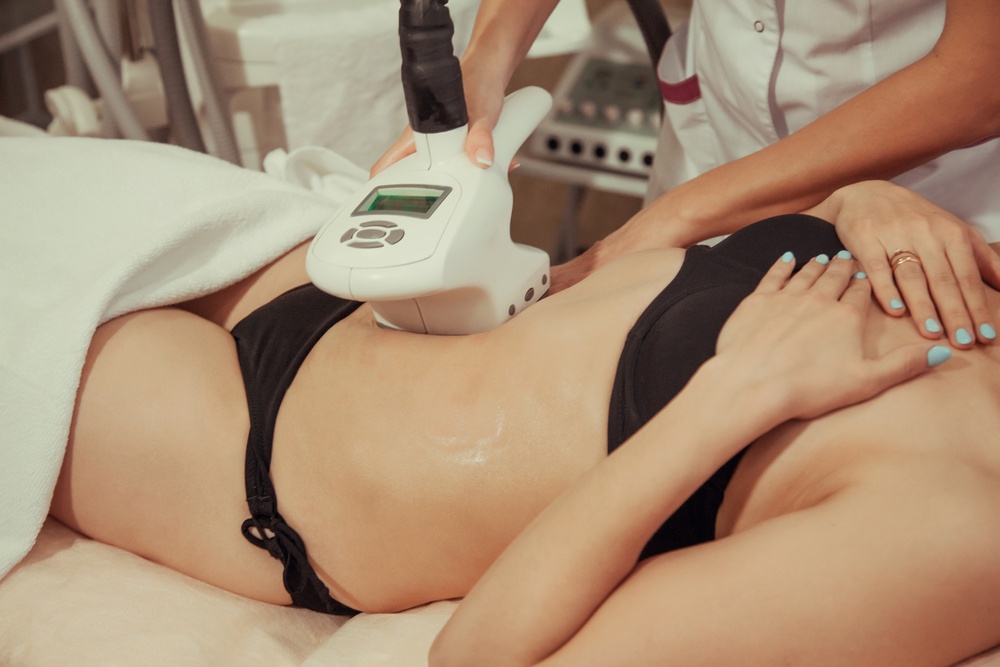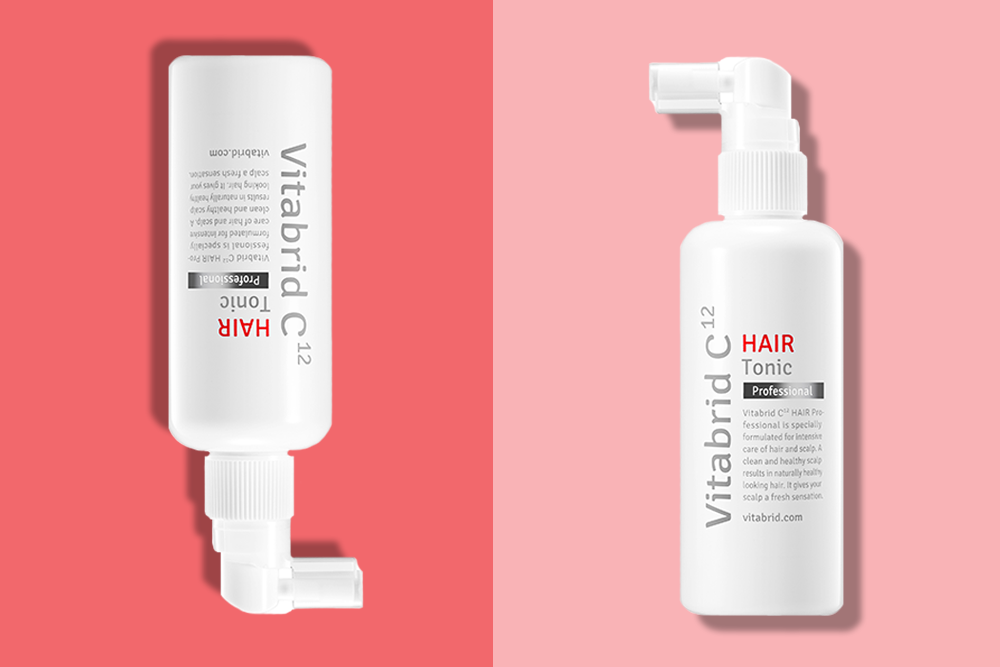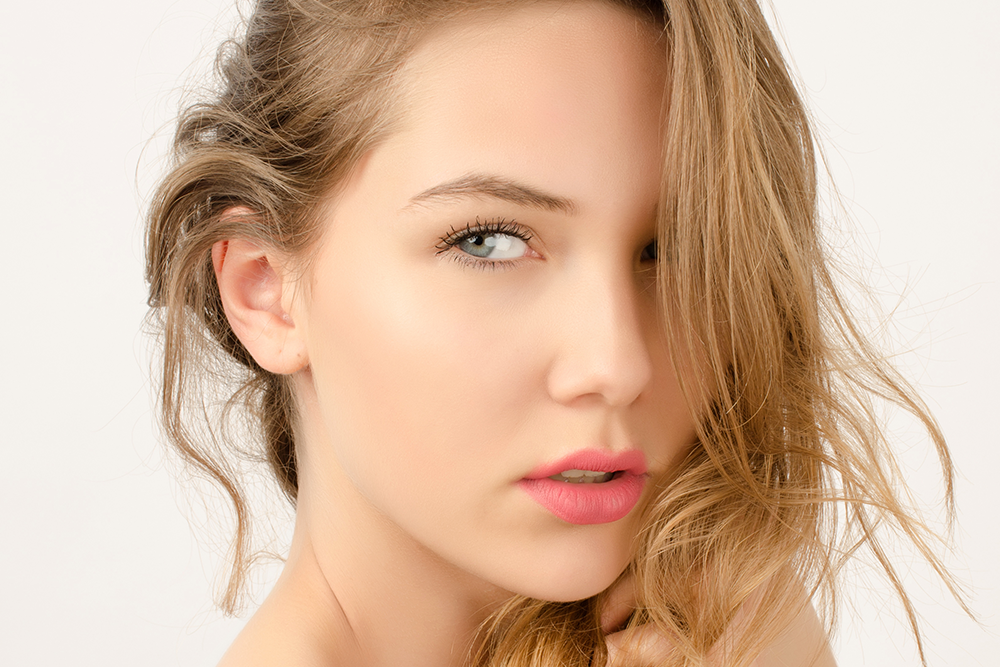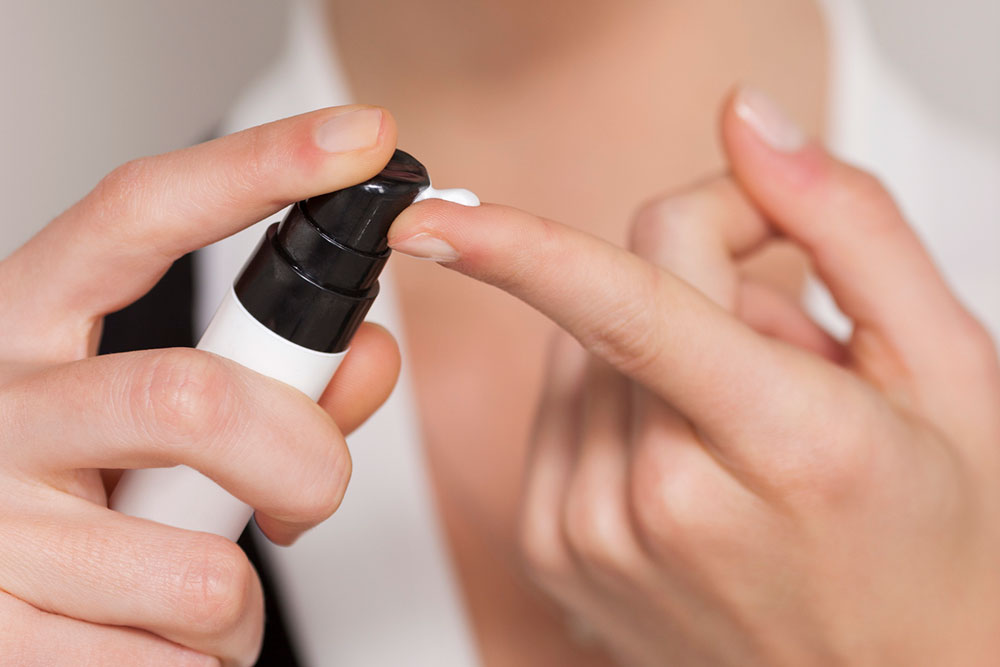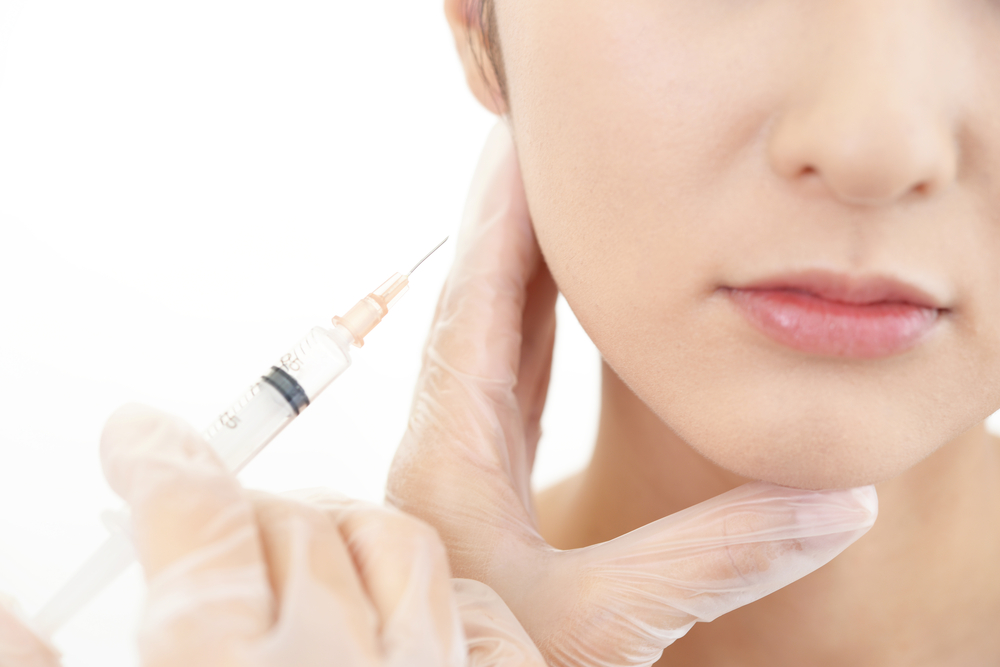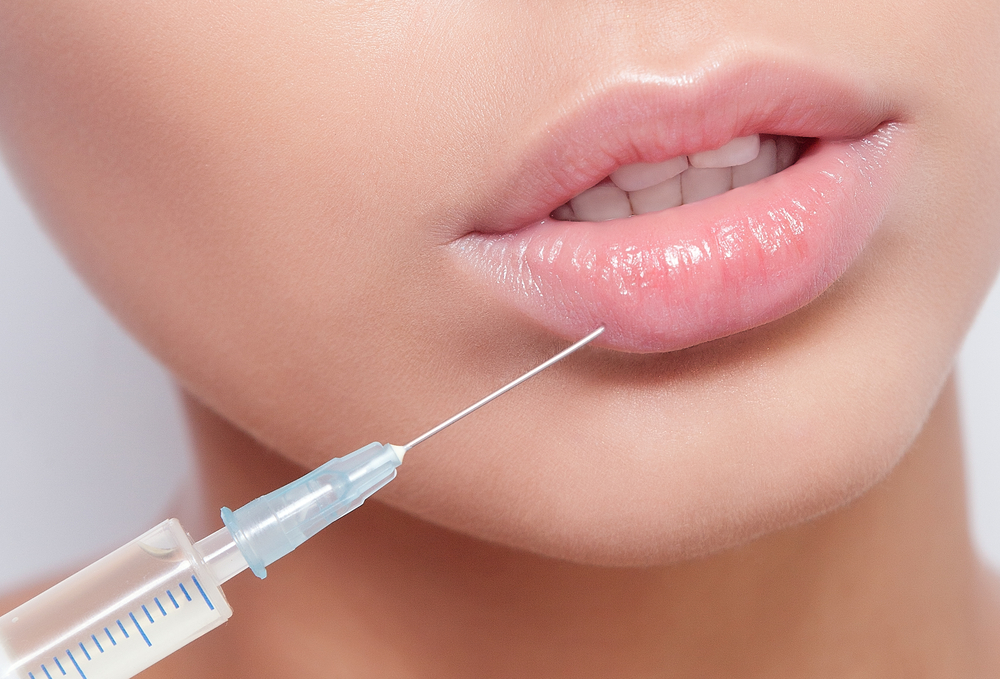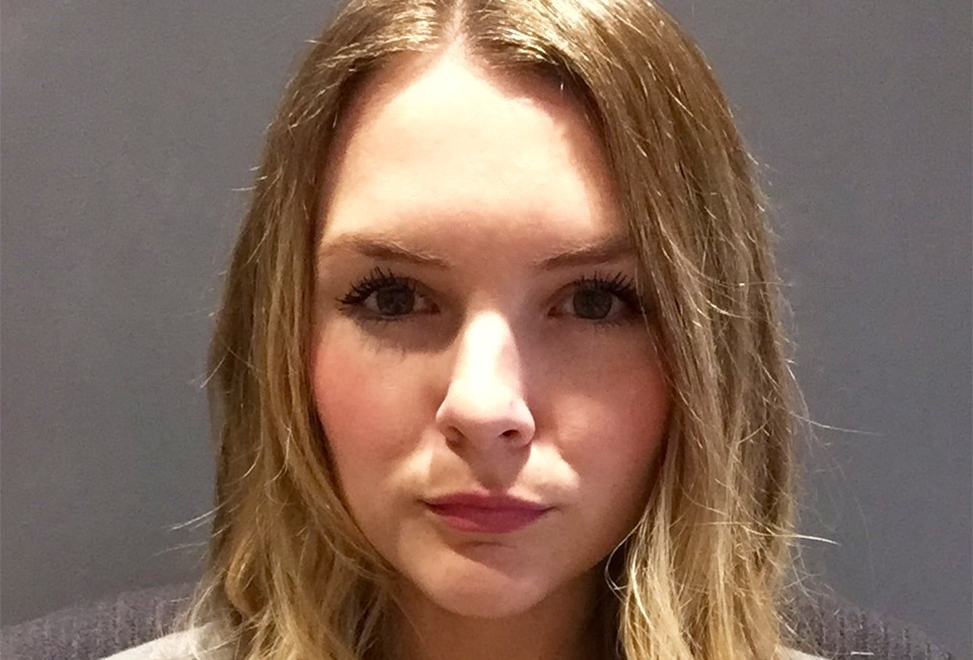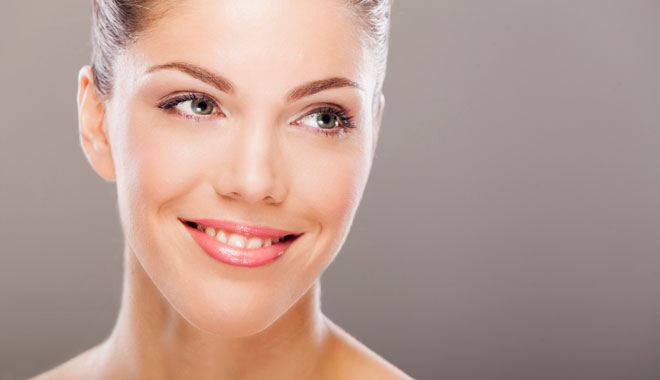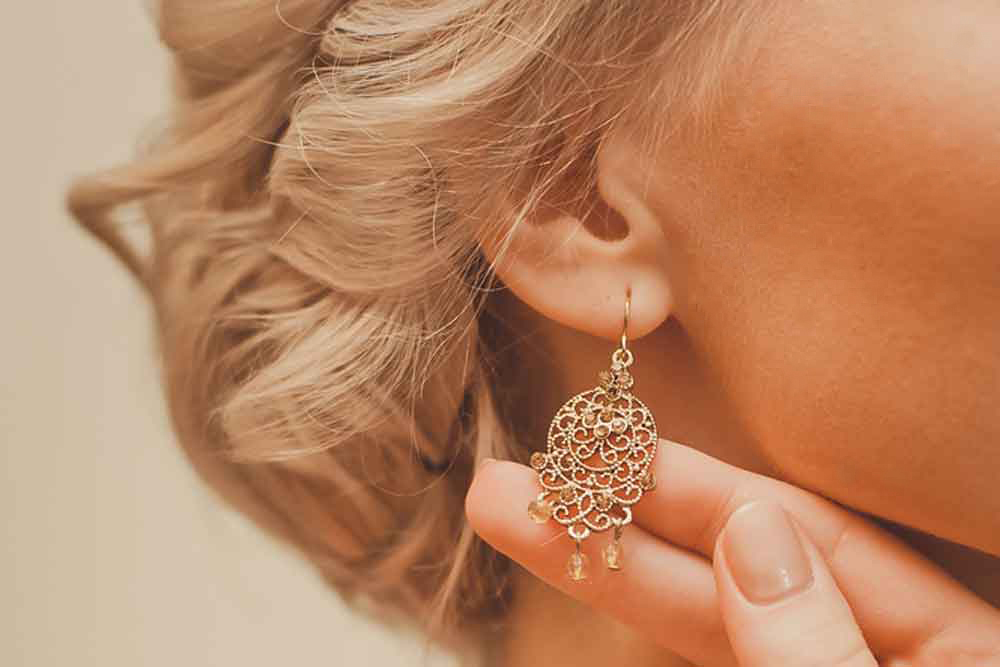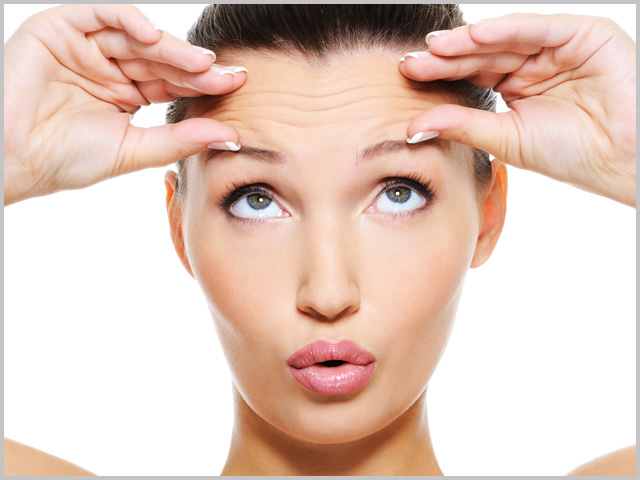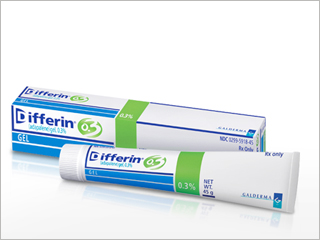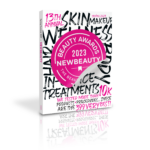-
Do fillers in the lips stimulate collagen production?
What our experts say:
There is a lot of information that fillers in any part of the body stimulate collagen production. In some patients, not only does it stimulate collagen production but after a few injections, the products begin to last longer. Between these two mechanisms, the injections get really great results.
-
What's the best way to treat sun damage?
What our experts say:
The best way to treat sun damage is with a combination approach such as a topical medication / cosmeceutical (Retin A and vitamin C are two that come to mind) and a light source or laser. For light sources, I recommend Intense Pulsed light or Photodynamic therapy (using a dye with an activation light). For laser, I like the fractionated CO2 or fractionated non ablative laser (Fraxel is one good example of this).
-
Where is Botox most commonly injected?
What our experts say:
Botox is most commonly injected in the area it’s FDA approved for, frown lines. A close second, is a combination of injections into the forehead and outside the brow to give a brow lift.
-
Are there risks involved with using Botox?
What our experts say:
Any time we touch someone with a needle there can be injection site discomfort, and some local redness, but these are small risks. Botox has specific risks, such as occasional headaches; and sometimes you can get eyelid or eyebrow heaviness, but that’s most commonly seen in people who are straining their forehead, and using muscles or holding their eyelid or eyebrow up. It’s not really a side effect, but more of an unmasking of something the muscles were compensating for. If we relax their entire forehead and things tend to drop, they may need surgery instead to remove excess skin. A lot of the time, if the forehead is treated in an overly aggressive way, and every line is removed (especially the lower 1/3 of them), that is usually when that complication occurs.
-
How long does Botox take after it’s injected to work? How long do the effect last?
What our experts say:
There are studies that show that within 48 hours,patients notice an onset, but typically we see maximal onset in 5 to 7 days. Also studies using Dysport, Xeomin, show a very rapid onset, sometimes within 2 to 3 days. How long it lasts depends on the dose. If you go to discount place that waters it down, it might only last 4 to 6 weeks; but, in general, the duration is 3 to 4 months; and you get longer duration after several visits. Patients who have been treated for 8 to 10 years break their habit of wrinkling, so they don’t need to use it again for 6 months or more.
-
How are Dysport and Xeomin different from Botox?
What our experts say:
It’s kind of like Coke and Pepsi. In a lot of respects, injectors have a different response depending on a patient’s anatomy and biology. They are all good products. Xeomin is a protein that doesn’t have additional molecules with it that bind the actual active molecule. Some physicians think this is better while others prefer the carrier molecules. Each is manufactured in a different way, and there are subtle differences between them. Each has its own advocates, but Botox still retains the lead in terms of number of injections. The arrival of the two new competitors has increased the amount of people getting injections; so they all are increasing their marketing because of competition.
-
Is collagen still used as a filler?
What our experts say:
No.
-
What is the difference between Restylane and Perlane? Juvéderm? Radiesse? Belotero? Where is each of them used?
What our experts say:
The biggest difference is what they are made of. Restylane, Perlane, Juvéderm, and Belotero are hyaluronic acids or sugar-derived molecules. They are all clear and gel-based. Juvéderm tends to be smoother and great for thin skin and for filling superficial lines. Restylane and Perlane are more particulate and firmer so are better for injectable facelifts and sculpting. To lift up the mid-face, or if there are deeper lines, we use a thicker product like Radiesse. Radiesse is a calcium-based filler, that is white and thicker. Because of its color and thickness, it needs to be placed deeper in the skin. It’s not intended for use in the lips or under the eyes. Any of the hyaluronic acids can be digested, so that if you get a lump or a bump, it’s easy to fix. Radiesse is harder to get rid of, but the flip side is that it lasts longer and has a lot more lifting capability.
-
How long do fillers last?
What our experts say:
Prevelle lasts for a few weeks; it’s a low concentration, a low cross-linked, hyaluronic acid. Radiesse lasts six to nine months. Sculptra lasts 12 to 22 months. Juvéderm, Restylane and Perlane last six to 12 months (depending on whether an enhancement injection is done after the initial injection).
-
How do you treat “lipstick bleed” lines?
What our experts say:
Carefully. I will do a variety of things. Sometime I use dilute hyaluronic acid mixed with saline to thin it out, and inject using a small needle into the fold. I also use one of botulinum toxins to weaken the pucker muscles, or one of my CO2 lasers to etch out the lines.
-
What is Sculptra used for?
What our experts say:
It’s a collagen-stimulating molecule. Whereas other products are used for lifting, sculpting or filling, Sculptra is used for volume replenishment. It causes the body to make collagen, and, unlike the other fillers, it requires a series of injections. It’s absolutely wonderful for sunken cheeks, fallen temples, filling out the jawline, and it can bridge the gap between filling lines and facial volume restoration. As we age,the face loses volume and everything goes south. Sculptra can reinflate the face and pull things north by creating collagen. You can combine Sculptra with other products. This really gives someone a renovation without surgical intervention.
-
What was Evolence?
What our experts say:
It was a pig-derived collagen product that they are no longer marketing in the United States. It was great for filling lines. In my opinion, it’s a shame it got pulled.
-
What is the treatment for spider veins? Does it hurt? How many treatments do I need?
What our experts say:
If the veins are smaller than a paper clip, then I like to inject them. If they are bigger, then I send the patient to someone for an ultrasound evaluation, and an endovenous intervention. Both of those should be done by someone who does a lot of it. Either a vascular surgeon, an interventional radiologist or a dermatologist with vascular skill. I don’t treat anything bigger than a paperclip. I don’t do anything I can’t do really well.
-
What type of laser is used to smooth out fine lines and wrinkles?
What our experts say:
I use a Fraxel 1550 by SoltaMedical. I also use the ActiveFX, a CO2 laser for patients who need a deeper peel and can tolerate a little more down time.
-
What type of laser is used to treat age spots (brown spots)? What are treatment requirements?
What our experts say:
It depends on how light the spots are and where they are. Patients can use a brightening serum, scientificskin.com, that’s my product; or an exfoliator to polish the outer skin (these would be the least invasive treatment methods). A lot of times, we can use a Q-tip and treat each spot with liquid nitrogen, which freezes each spot and then it falls off—it works like a charm.There are also a variety of chemical peels that work; as well as two types of light therapies: Intense Pulsed Light or Photodynamic Therapy (blue light) for the face, neck and chest area. I also use lasers to treat brown spots: The Fraxel 1927, the Alexandrite laser and the Nd:YAG laser (these would be the most invasive treatments). The darker the spot, the more invasive the treatment, and the higher the likelihood of having a white spot afterwards.
-
What does IPL (Intense Pulsed Light) treat? Who is the best candidate for this? Does it hurt?
What our experts say:
IPL is great for skin texture, brown spots and red spots. We use it all day. It’s great at reversing the signs of sun damage and aging. I have not had anyone who couldn’t tolerate it. It feels like a rubber band. There is really minimal downtime; the skin gets pink with a little flaking for a few days. The best candidate would be a fair-skinned person who has been exposed to a lot of sun. It would be a patient who could come in a few times for treatments, and then they will need to use sun protection, a skin brightening serum and/or Retina-A. They will proceed gradually and will stick to a program.
-
What is a pulse dye laser used to treat? Does it hurt? What can I expect my skin to look like after treatment?
What our experts say:
It’s probably the oldest and most widely used lasers to treat broken blood vessels and scars, or anything that’s red, including stretch marks and rosacea. The only thing I don’t use it for is leg veins. It’s approved to treat that, but I find that it gives unacceptable white spots afterwards. It’s a pretty mild treatment that freezes the skin before the light beam hits it, so it’s pretty comfortable.
-
What is Photodynamic Therapy (PDT) treat?
What our experts say:
PDT is used to treat age spots, sun damage, and it’s great for photo-rejuvenation. In addition, I use it to treat pre-cancerous spots on the skin. It’s more invasive than Intense Pulsed Light (IPL). When done correctly, it’s like the worst sunburn you could ever have. It will get your attention both during treatment and after. We combine this with IPL, which is great for shaving off a lot of sun-damaged years. Patients treated with PDT or CO2 laser require the most follow up care. We see those people almost daily because without the skin as an intact barrier, patients get into trouble with allergies and irritation. It takes about a week to heal.
-
What is the best treatment for cellulite? (How long until you see results? How long do results last? How many treatments do you need?)
What our experts say:
Having decent parents! The best treatment for cellulite remains to be seen. Right now, there are two treatments that are good for it. SmoothShapes laser by Cynosure; and Zeltiq. Each has its advantages and disadvantages. I made the decision to use SmoothShapes and I am thrilled with it. It’s not a home run, but none are. It uses two different wavelengths to mobilize and melt fat; and then uses suction to increase blood flow. It’s totally non-invasive, it’s like having a massage. The patient has to come in two times a week for four to six weeks. (We are now trying protocols to decrease the number of visits, by having longer treatments.) I recommend completing the course of treatment and then coming in for an enhancement at six to 12 months because as women age, they continue to make new cellulite. After treatment, they will see some change in the appearance of the fat. I have seen in some people some change in the size of the area treated as well. What I tell people is the appearance will change, but the measurement may not.
-
What type of laser is used for hair removal? Who is the best candidate?
What our experts say:
The Alexandrite laser made by Candela. It works best on those with light skin and dark hair (the energy that gets focused is on a primary target which is the hair shaft). If the patient has dark skin, diode lasers can be used. We can also use an Alexandrite laser at lower energies. No matter what laser is used, the darker the skin, the harder it is to treat. The same holds true for light hair which is hard to treat because there is just no target.
-
What is Isolaz used to treat?
What our experts say:
It’s another type of laser we use for the treatment of acne. It’s approved for other things, but it’s primarily an acne laser. It combines laser energy with a vacuum. It’s really great at cleaning out the skin.
-
What is the best laser of overall facial rejuvenation?
What our experts say:
If you can tolerate the downtime, the CO2 ActiveFX or DeepFX. If they don’t have a few days for downtime, than I would use the Fraxel. It doesn’t go as deep. I also like a pixilated laser, which erases fragments or dots, and allows islands of normal skin to stay. The skin gets red, but typically there is no downtime.
-
Can a Fraxel laser be used on other areas of the body?
What our experts say:
It can all be used on other parts of the body. We just have to have the experience and adjust the energy.
-
Would you rather put fat in a face or Juvéderm, Restylane, Sculptra, or Radiesse?
What our experts say:
Depends on the face but in general, I am not a fan of fat. In my hands, it was unpredictable and lumpy so I stopped it and instead use products that are consistently the same thickness and duration. I like Juvederm for fine lines where I am trying to lift the skin up about 1 mm. I like Restylane and Perlane for thicker lines, lifting cheeks and filling tear troughs. It is wonderful in mid- thick skin. Sculptra is great to add volume in an area that has sunken in and restores a really youthful appearance to the cheeks and temples. I usually combine Sculptra with fillers. Radiesse is a thicker, white product that has great lifting capability. I like it for the hands, cheeks, temples and smile lines. I don’t like it for the tear trough, lips or fine line. Belotero is wonderful for superficial lines around the mouth and also a great product for the tear troughs. I also inject it into the fine lines of the forehead and chin. In Europe, they are using Voluma to lift. It is a thicker hyaluronic acid designed to lift the face.
-
Does hair removal have any side effects?
What our experts say:
Yes, there can be increase or decrease of pigment, rarely scarring and occasionally infections. Each of these may occur following treatment but are rare. The frequency with which one sees complications is related to sun exposure in many instances so be careful when getting laser hair removal.
-
Is it safe to have ipl and yag laser done on the same spots at the same time?
What our experts say:
Probably not- I would use one or the other. They have some overlap and I would be cautious about over treating.
-
If you are going to be treated with Juvederm for under eye hollows and to add a bit of volume to your cheeks and also Ulthera for some lifting in the brow area, tightening under the eyes and jowel area, which should be done first and how far apart?
What our experts say:
I would do the Ulthera first so that if you are going to have some tightening, the fillers will be done once the tightening has been accomplished. I would treat about 4-7 days apart.
-
Is there someone knowing something about the RT001 topical gel?
What our experts say:
As I know, there is Botulinum Toxin Type A topical gel being in trial, and is prospective to be approved by FDA. Is that true. From what is posted on clinicaltrials.gov, this is true. The gel is a topical type of botulinum toxin that is in trials across the US.
-
Whats the opinion of plasma replacement therapy for filler?
What our experts say:
I think that PRP can supplement fillers and may make them look better and last longer but thus far the data is not really dramatic so I dont use it in my office, I prefer to use fillers that are reliable.
-
I am one of the .3 percent that Botox and Dysport doesn't work for! Are there alternatives?
What our experts say:
When you say "doesn't work" I would like to know more? did it ever work and now it doesnt? Does it do anything but not last (in which case you probably were not given enough). If you are one of the few people that the products dont work for there is another type A toxin called Xeomin that might work (it wont if you have antibodies that block all type A) or you can try Myobloc which is a type B product.
-
What do you recommend to treat hypertrophic scars that are flat but have a dark purplish/pinkish color?
What our experts say:
There are many treatments but I like using the pulse dye laser and injecting cortisone directly into the scars. Using this combination has been very successful for me.
-
What treatment is there, (if any), for Hypopigmentation of the skin?
What our experts say:
The loss of pigment that is shown in the picture is notable for a few reasons- it is very widespread and appears to be scattered. There are a few conditions that one thinks about with this loss of pigment and without seeing and touching them (to see whether they are thick, thin or normal texture), it can be a challenge to diagnose correctly. It would also be worth noting whether you has traveled to areas in Central America where certain types of infections are seen.
Some of the issues that can cause loss of pigment are: vitiligo, morphea (localized scleroderma), lichen sclerosis, post inflammation and infections. In this case, I would probably recommend a biopsy to help guide the treatment.
Treatment of hypopigmentation is harder than treatment of hyperpigmentation. It is possible to raise small suction blisters and transplant the skin (which will have pigment cells) to the areas and they will usually gain pigment. Lasers such as excimer laser should also be considered.
Whatever the treatment, it can be a challenge and the first step should be to determine the cause.
-
How often do cellulite treatments need to be done for optimum results?
What our experts say:
Depends on the treatment. The ones that I use (Exilis and Smoothshapes) require treatments once a week. Others such as Zeltiq are done once per area.
-
What if you pop a zit and you accedentally peel your skin off? How can you heal it fast?
What our experts say:
Not a good idea. However , if you have already done this, put on some bacitracin and leave it alone. They usually repair in a few days.
-
I have small, thin, hairlike red veins around my cheeks. Can I get rid of it with a laser and if so, what is the downtime? Will my skin peel and be very red?
What our experts say:
These are easily treated with Pulsed Dye laser. Typically this requires 3-4 visits. While some lasers don’t produce a lot of bruising, my impression is that the ones that bruise require fewer treatments to get done. I have two different pulse dye lasers and use them frequently. When people have lighter vessels, I use my intense pulsed light to help get rid of them. This is nice because there is usually no bruising.
-
Is it common to have loss of pigment after TCA Peel?
What our experts say:
It sounds like there may be some scarring. Scars tend not to have pigment in them so this may be part of the problem. It is unusual to see this after a TCA peel if it was done at lower strengths so you should check in with the doc that did the peels to make sure everything is ok. If you are white in some areas there are a few things that one can try to even them out but sun protection and time help immensely. If that does not work, bimatoprost topically may help.
-
What is the best cream to apply to remove dark pigmentations at the armpit?
What our experts say:
Hydroquinone and tretinoin.
-
i have hair loss from my age of 13. still its same. but no improvements as well as it has not been worse.
What our experts say:
The best supplement to take is iron (FeoSol). I don’t think that food supplements can make a significant difference so I wouldn’t worry about that. I would make sure that your thyroid and other hormones are normal (especially the male hormones). I think that you can use minoxidil and perhaps bimatoprost can help grow hair. Finally, there are some dermatologists that specialize in hair at university centers.
-
Im forty two with extra pigment on my face for the past twenty I hate it. I want it of my face already.
What our experts say:
Depends on your sun exposure, hormone status (eg are you taking birth control) and pigment type. If you have light pigment irregularity, salicylic acid peels (like those from Theraplex) can help. Intense pulsed lights can also help. Tretinoin and brightening serums can also decrease the pigment. Avoiding sun and anything that will cause the pigment to increase is critical.
-
What kind of acne is this and why do I continue to have flare ups every few weeks?
What our experts say:
You may have a bacterial infection instead of regular acne. One needs to culture it to see what type of bacteria is present and then treat it. Less likely but possible is a fungal infection- this would need different treatments entirely. If that does not work, one can use photodynamic therapy (Blu Lights with Levulan) or Isolase to treat it. Finally, isotretinoin may be required to get it under control.
-
I am a light brown complexion hispanic hyperpigmentation
What our experts say:
Light brown Hispanic skin frequently has hyperpigmentation. In some patients, I pre- treat with topical steroids to decrease the pigment and then treat with the Fraxel 1927 at low energy to decrease the pigment. There are many dermatologists in Florida that have experience treating this and I would call a few in the area where you are and ask if they are comfortable treating you. Be aware that some people have hyperpigmentation that nothing helps (they tend to be mid darkness and take oral contraception).
-
What can I do for thin skin?
What our experts say:
Use things that prevent more thinning – sun protection and not smoking. In addition, try to incorporate vitamin C and Retin A or retinol in your daily skin care regime.
-
I have a question about Thermage. If you have dental implants and or crowns on teeth can you still get Thermage on your face ?
What our experts say:
No, Thermage will not cause a problem if you have dental implants (or other implants either). While you may pick up the occasional broadcast of Radio Free Havana, you shouldn't have a problem in any other way (just kidding about the last part)
-
Are cosmeceuticals regulated by the FDA the same way as prescription topicals?
What our experts say:
Cosmeceuticals are not regulated to the same degree as drugs. They fall into a grey area that is not subject to the same regulation as drugs. Any product that claims to make a difference really needs to do so, there is no difference between those sold by doctors and those sold by others. There is no distinction between a cosmeceutical and a skin care product in this regard.
-
Can lasers can darken melasma?
What our experts say:
Absolutely- any injury can drop pigment into the skin from the outer layers into the dermis. Lasers will do this and the stronger the laser, the higher the chance of darkening. It is far better to use a laser that is gentle and designed to treat melasma or do a series of light peels (salicylic acid such as Theraplex peels) than to do one big procedure.
-
If I dont actually peel after my chemical peel, is it still effective?
What our experts say:
Usually it is because a superficial layer will slough. However, some peels are designed to be light and for these, multiple peels are required to see any effectiveness. Peels such as the Theraplex Salicylic Acid peel are effective with minimal slough. Deeper peels such as TCA (trichloracetic acid) will almost always peel.
-
Home vs Professional Microdermabrasion (Diamond Tome)
What our experts say:
The home systems are more gentle and do not do as much. The good part is that they are not as likely to get you into trouble.
-
Is there anything to help with white spots from acne scars? I have been told it is hypopigmentation.
What our experts say:
This is true- it is hypopigmentation (loss of pigment). There are a few things that can be done. If the scars are depressed (as most are) one can get treated with a fractional laser to help this. Once the surface is smoother, scars tend to be less noticeable and in some instances, pigment cells migrate in with the new skin that grows. There are some experimental treatments that grow pigment cells which in the future can be transplanted.
-
Are there any effective lasers out there used to tighten knee area?
What our experts say:
There are! The trick is to find one that works and then do a series of treatments. I like the radiofrequency device and in my office, I use the Exilis. I have not used the ultrasound machines in this area but think they probably help.
-
How can I make my lips look puffy and plump
What our experts say:
Inject them or use my Eyesculpt product (which my patients have told me is wonderful for lip lines). I like to inject lips with a clear product such as Restylane, Perlane, Juvederm or Belotero. My patients like a natural look so I try to provide lip definition instead of monkey lips.
-
Upper lip - verical wrinkles above the lip
What our experts say:
I like a small amount of Botox, Dysport or Xeomin to relax the muscles around the mouth. I also like to use a firming cream to help stiffen the skin. In many of my patients, I will customize a filler (many of them are too thick for the thin skin of this area) by adding some saline or lidocaine to thin it out. I will then inject it to reduce the lines. Finally, patients with these lines can benefit from ablative (CO2) laser.
